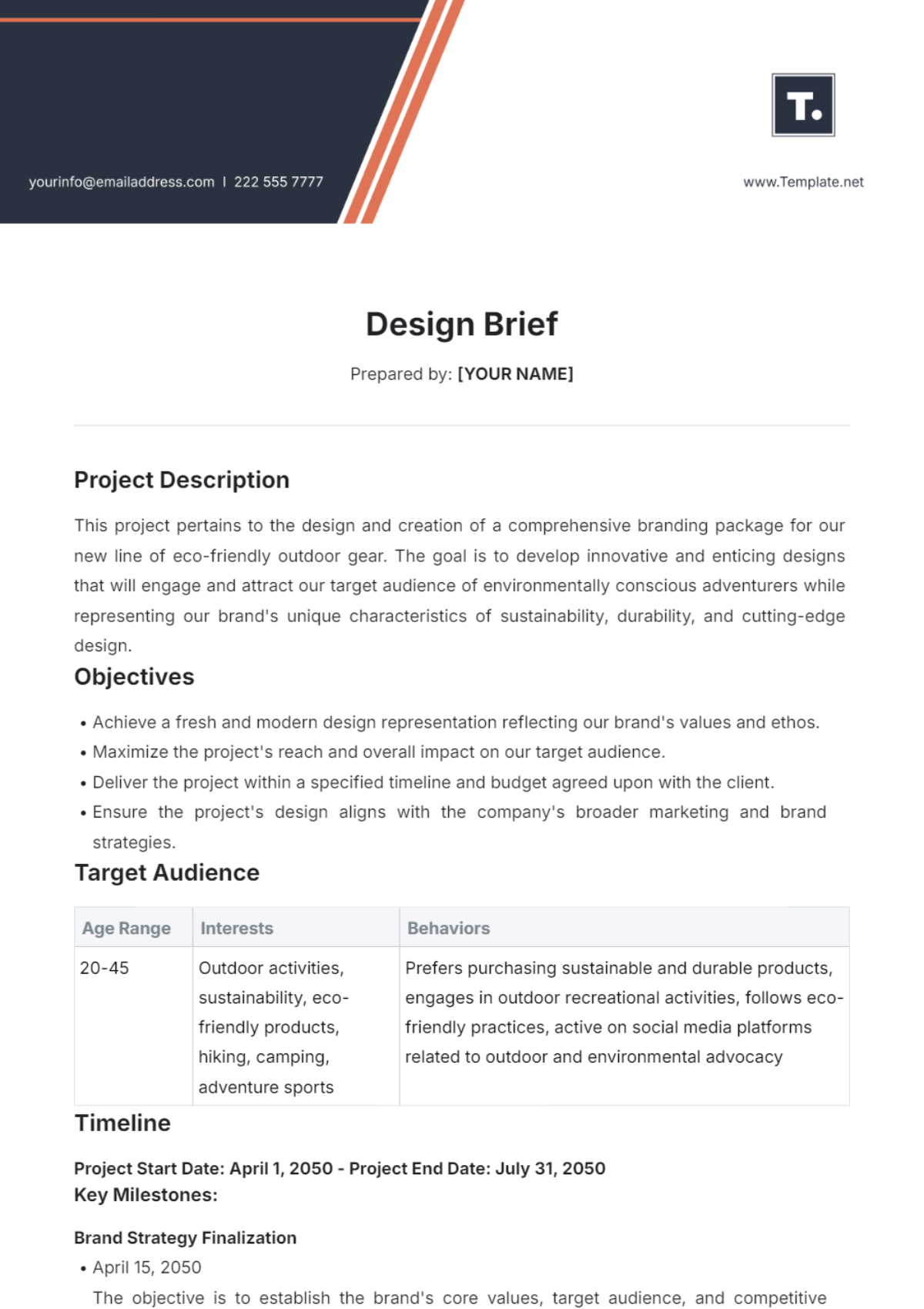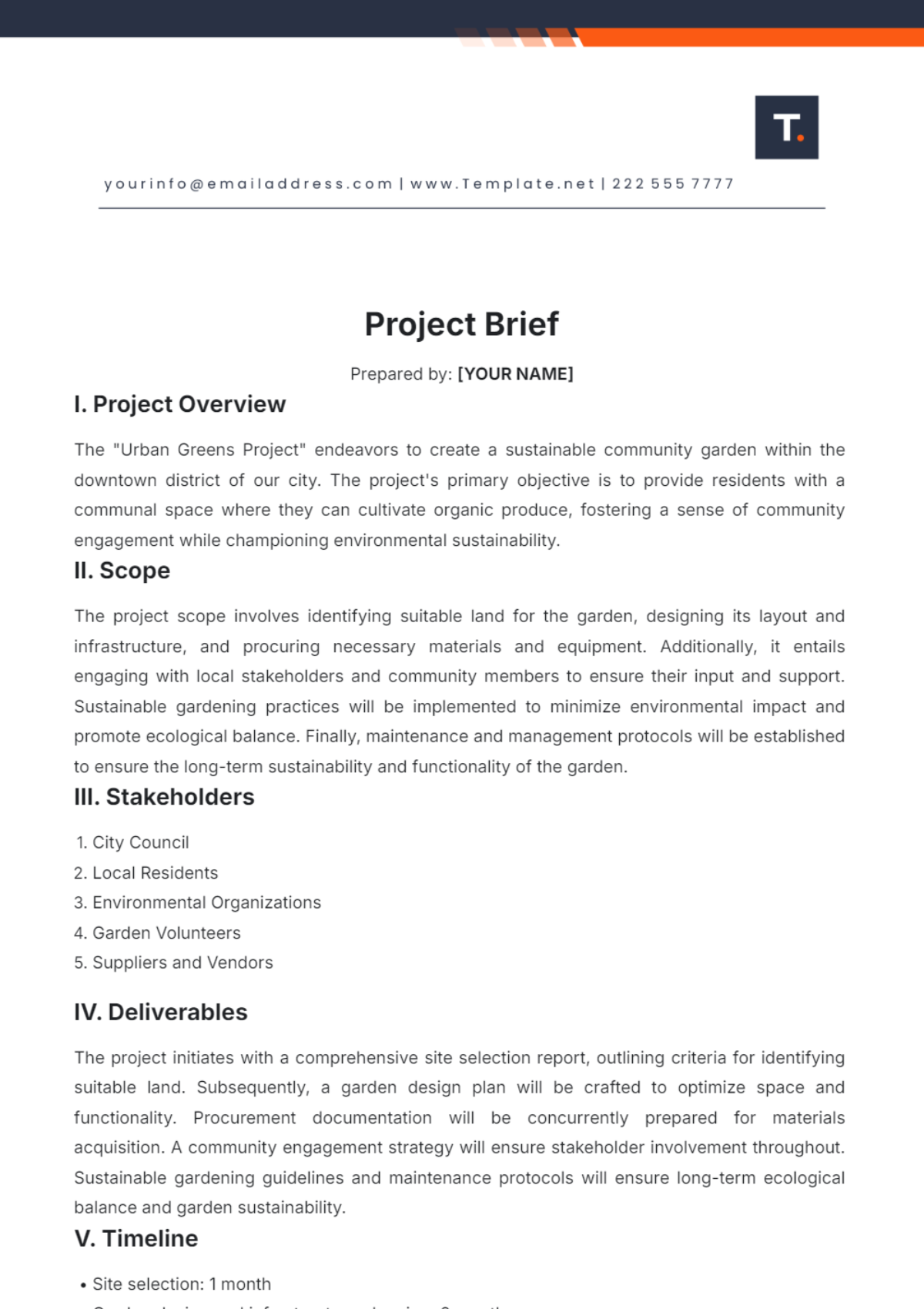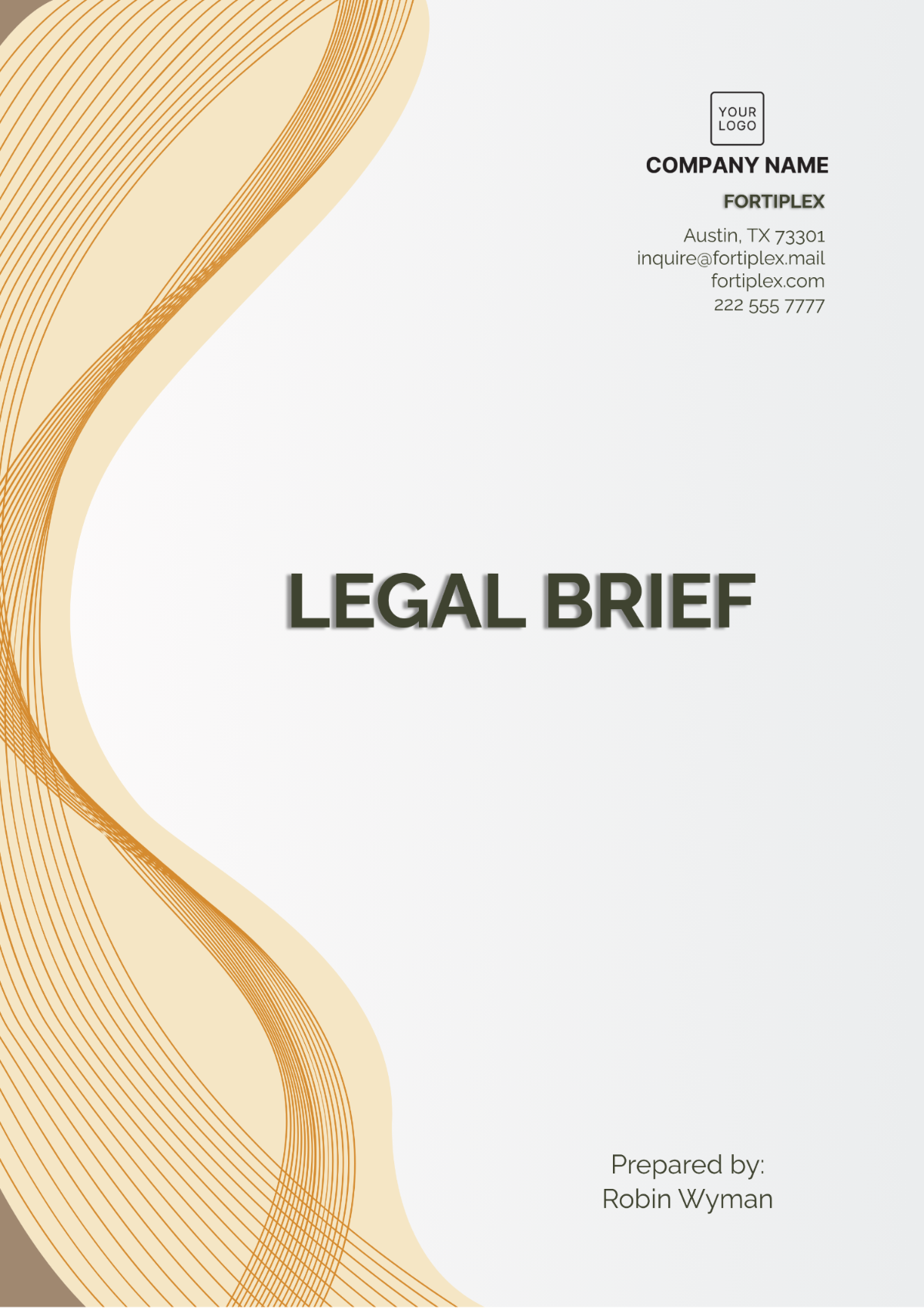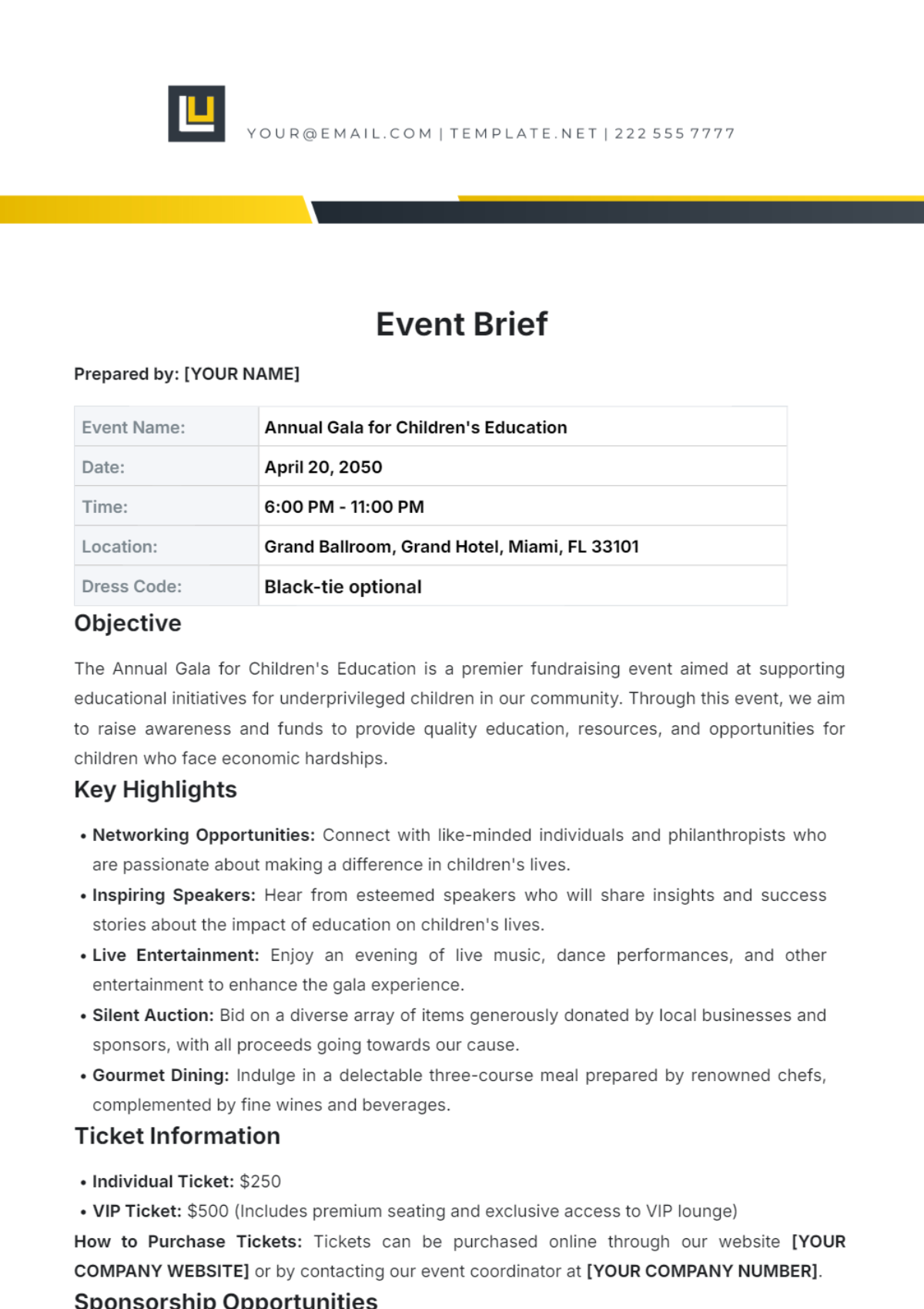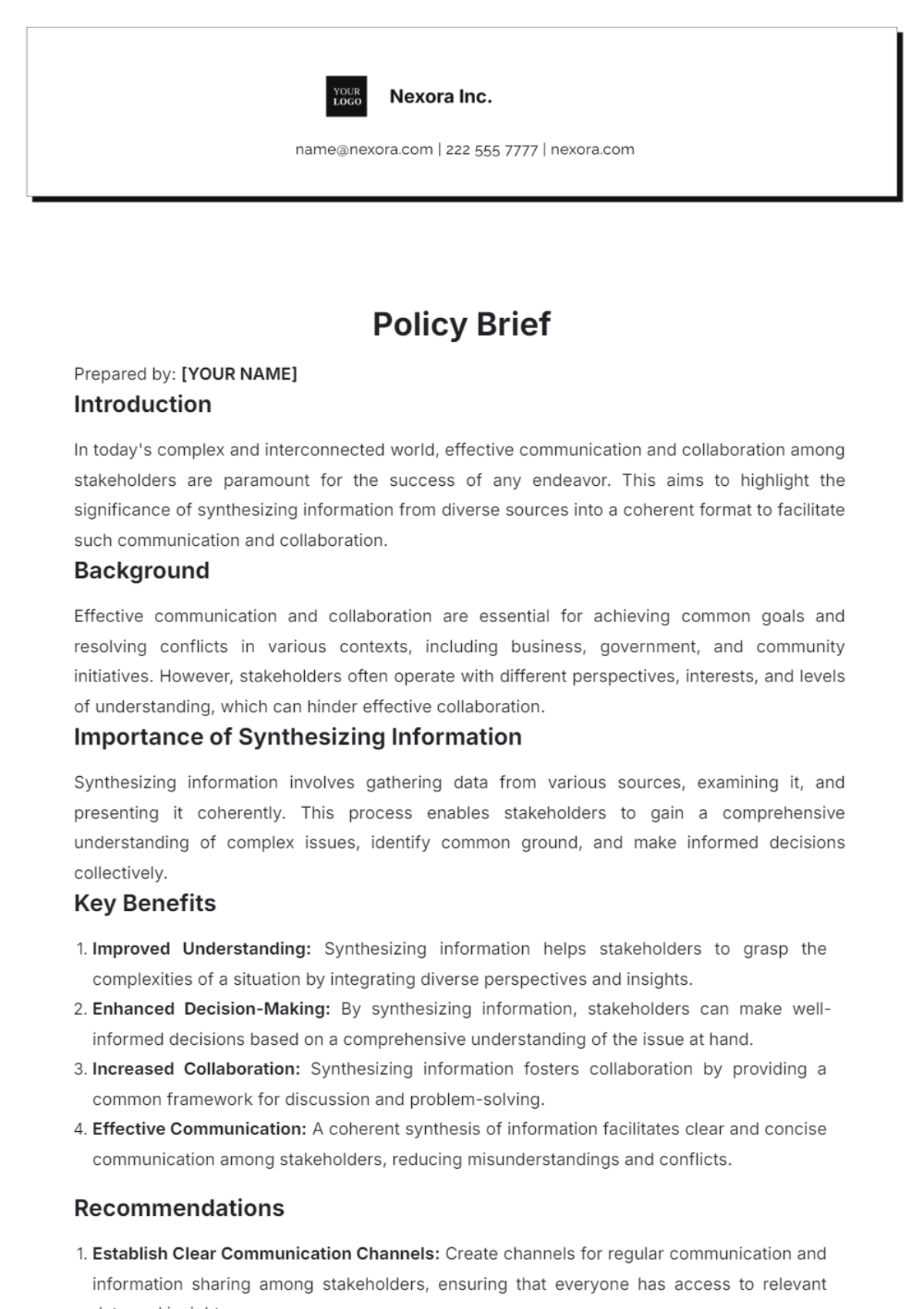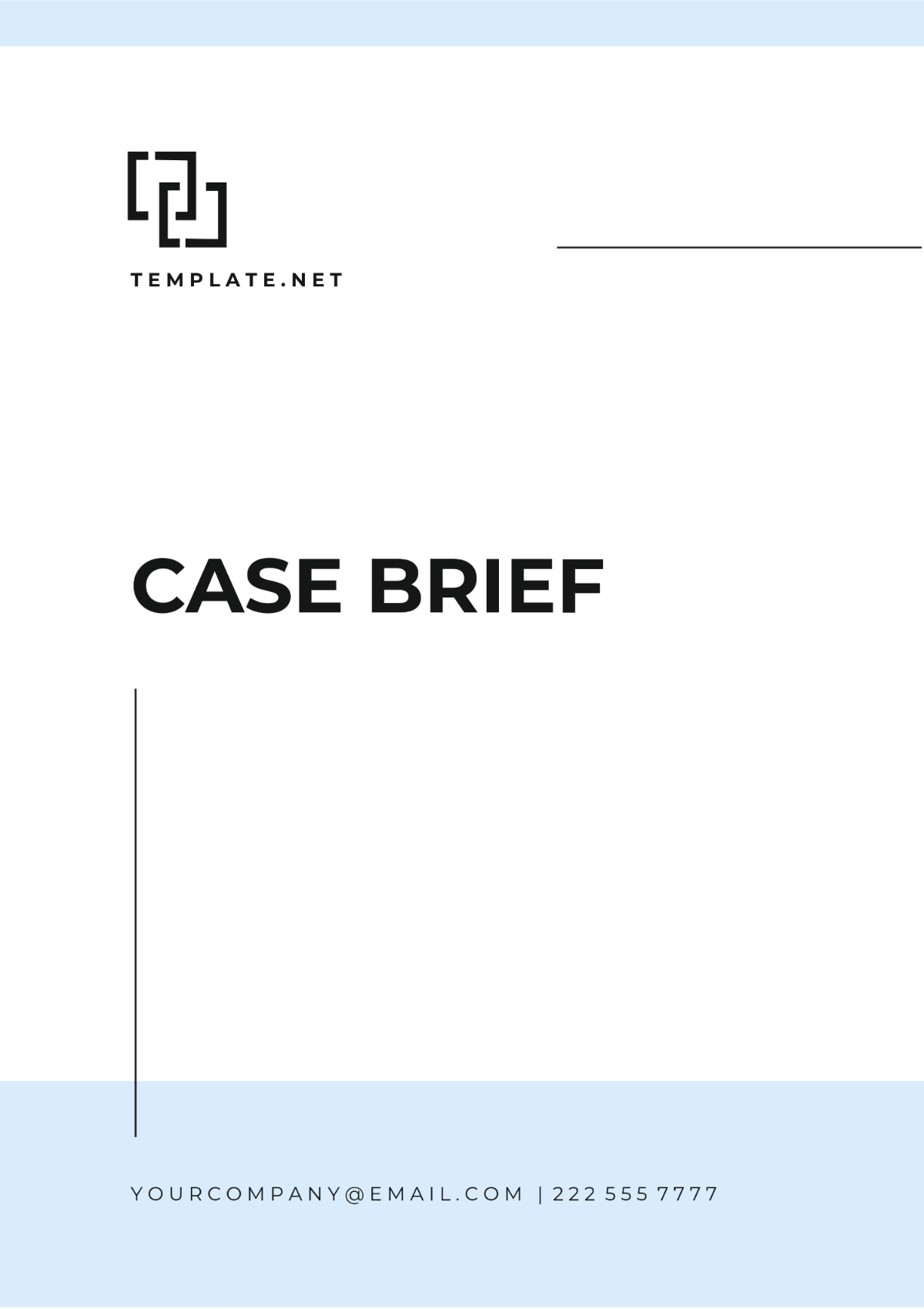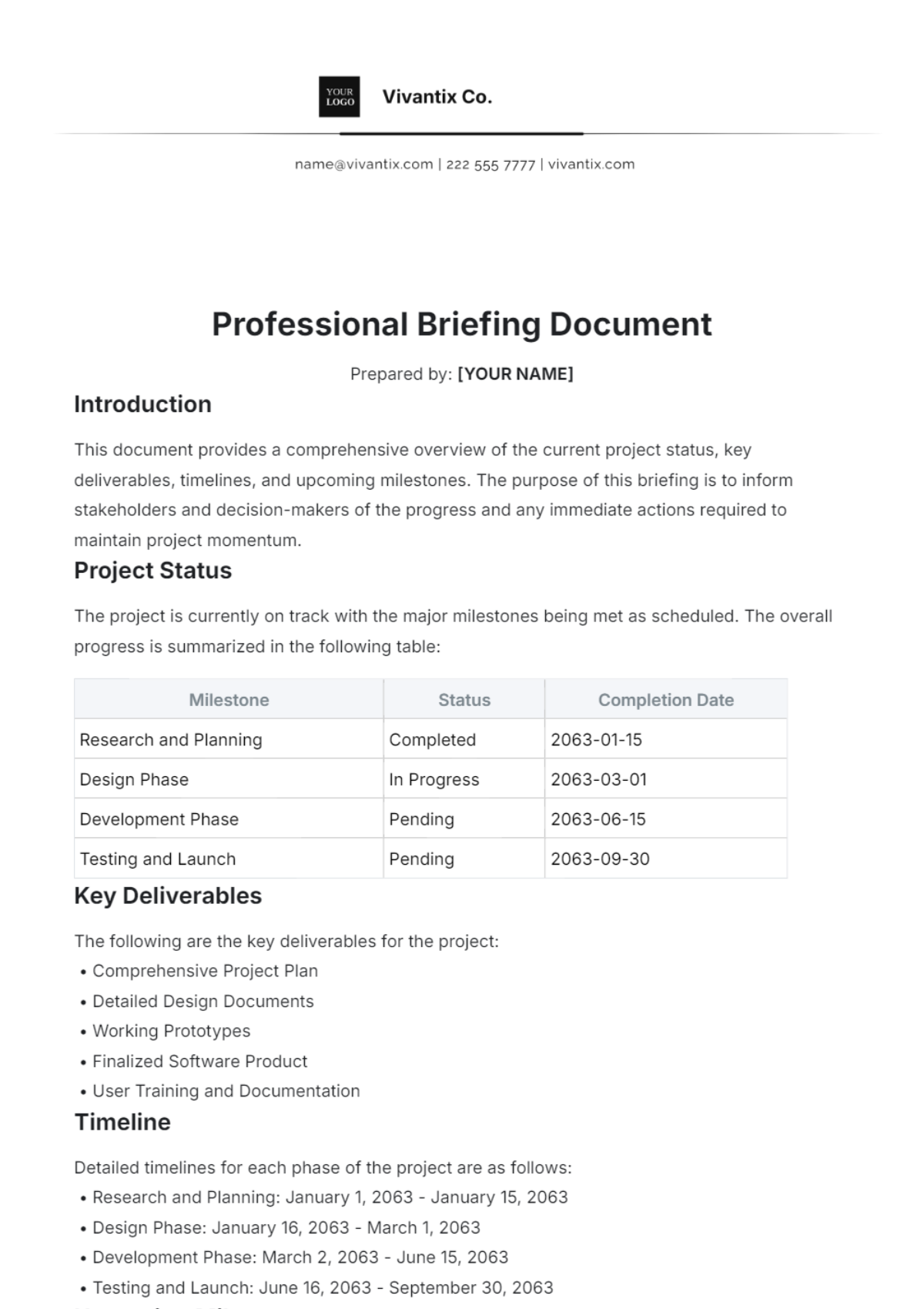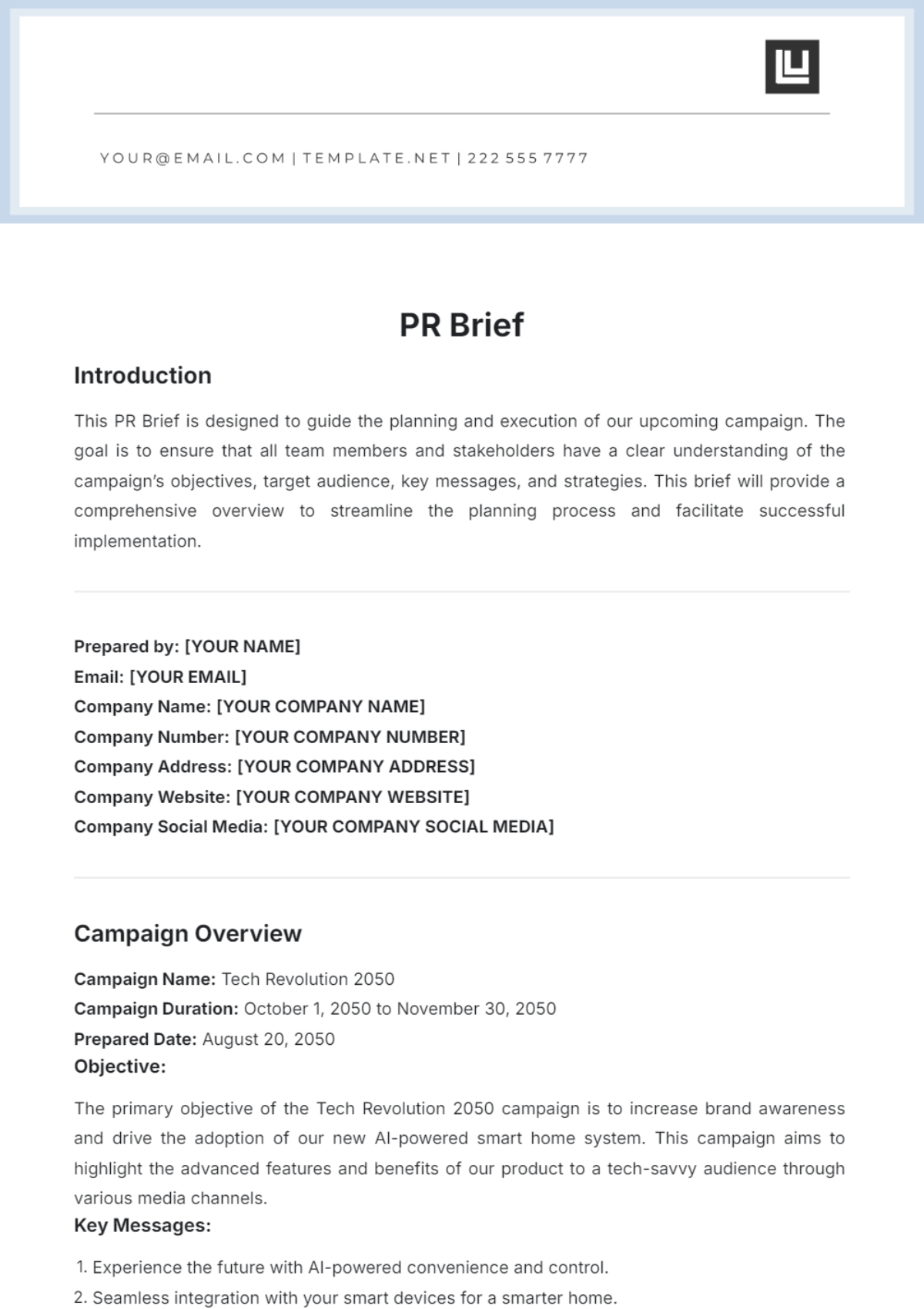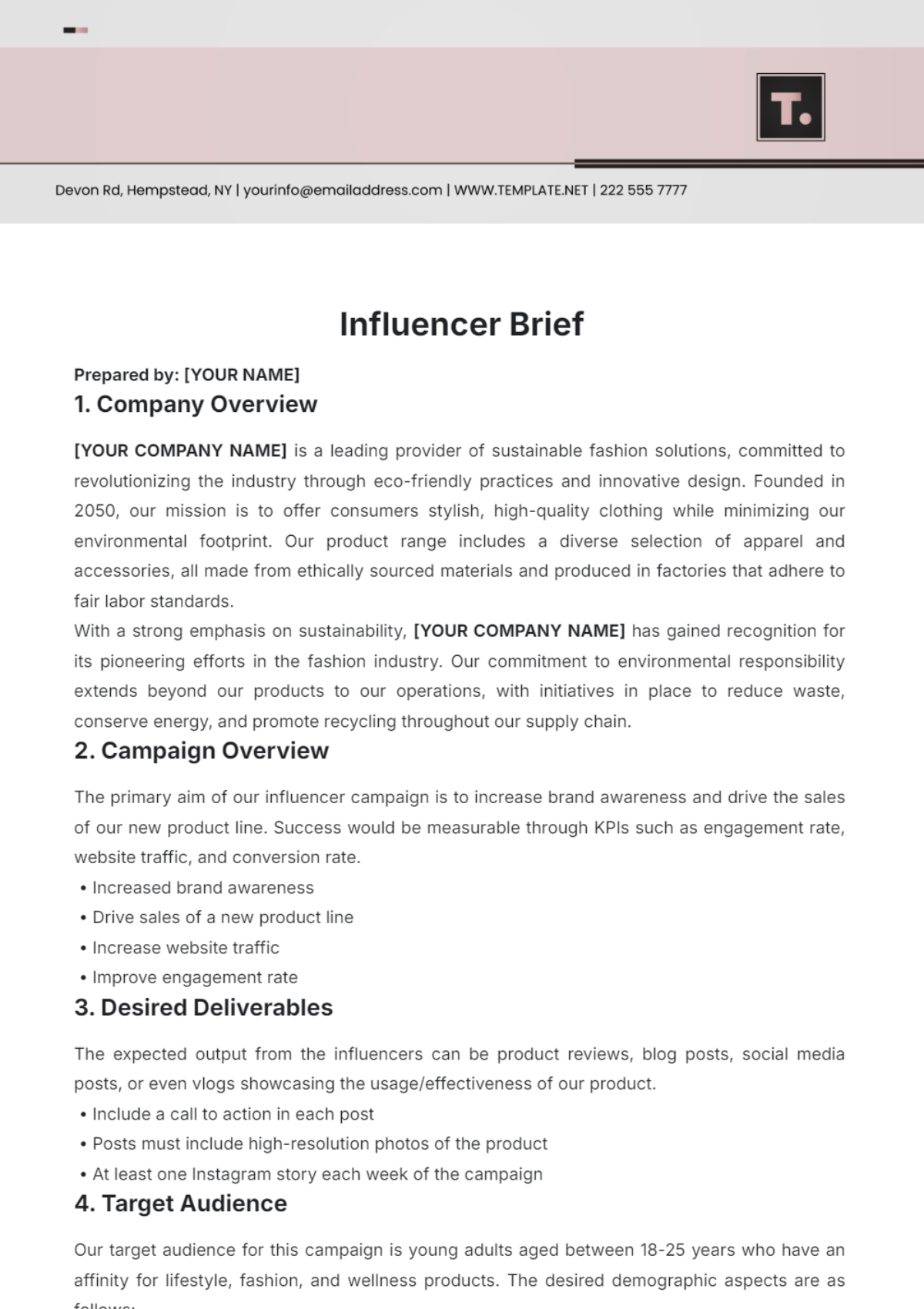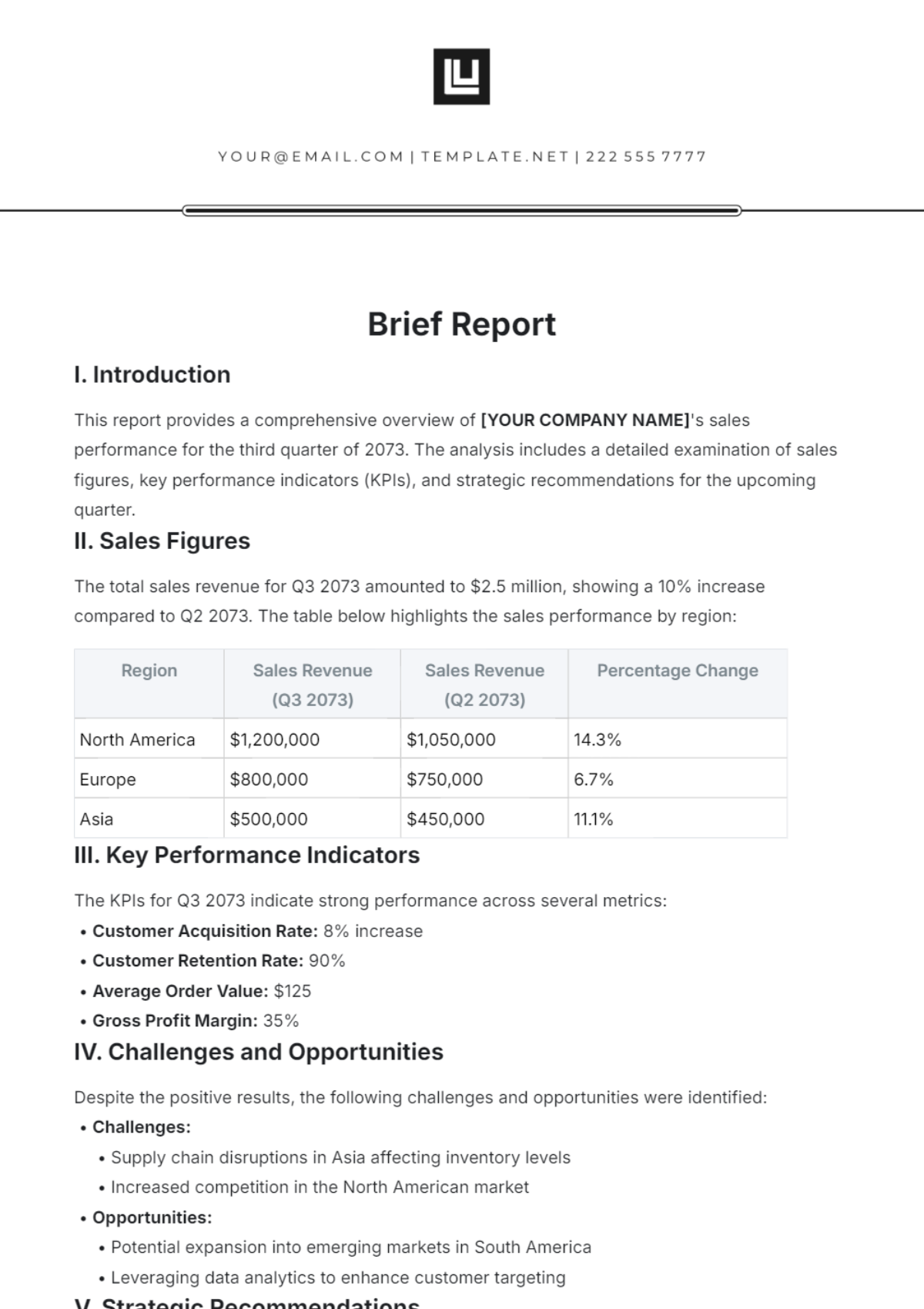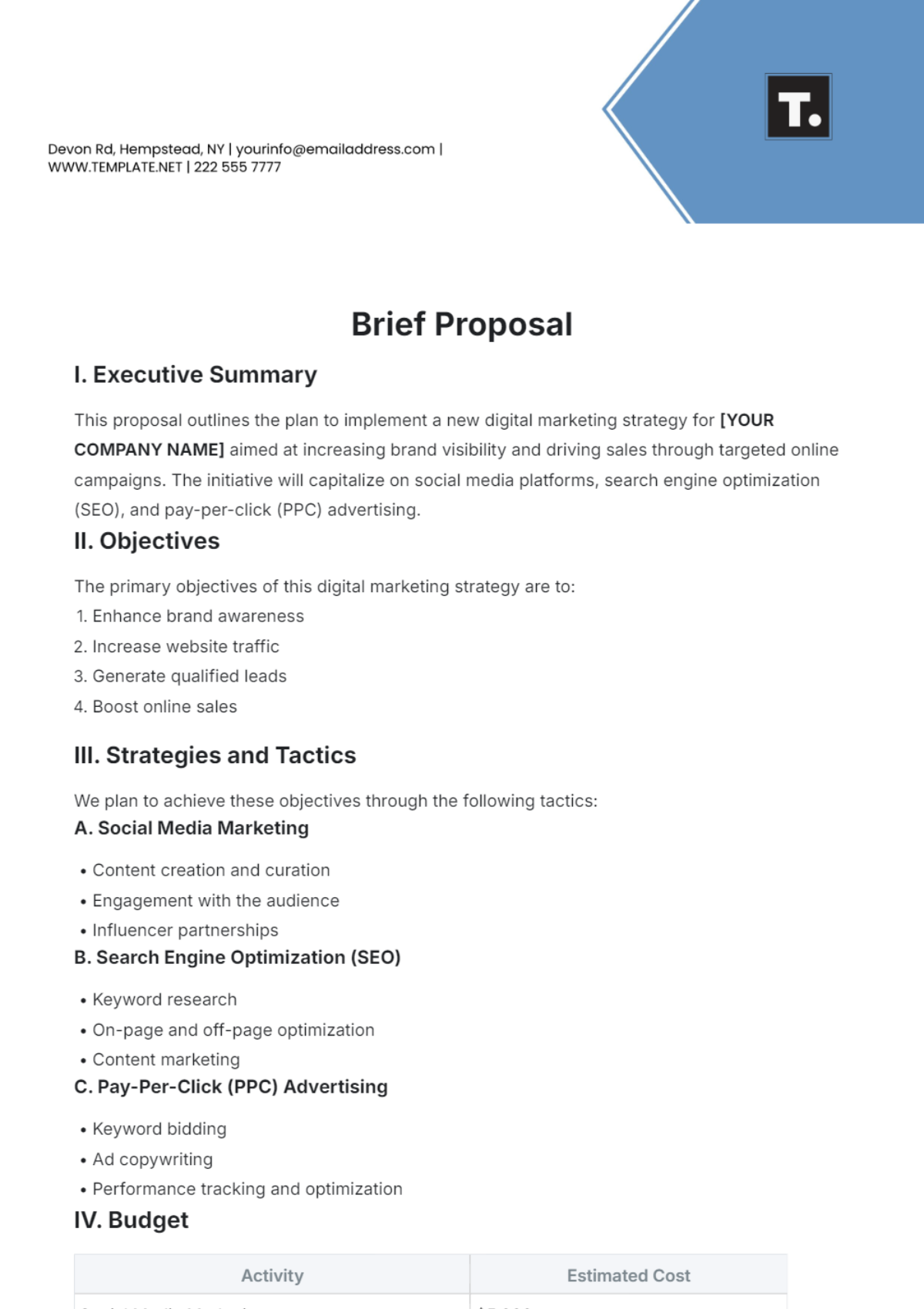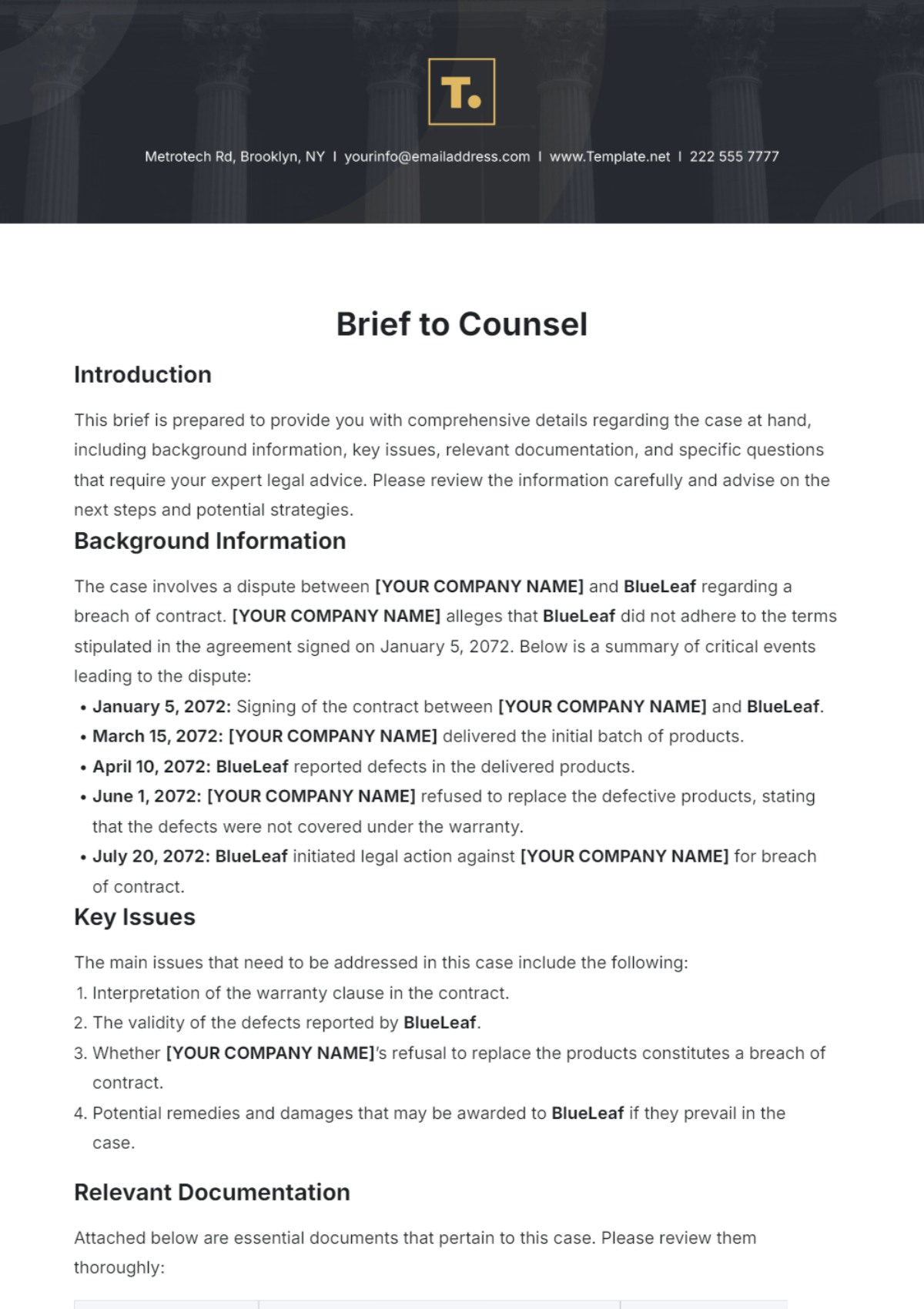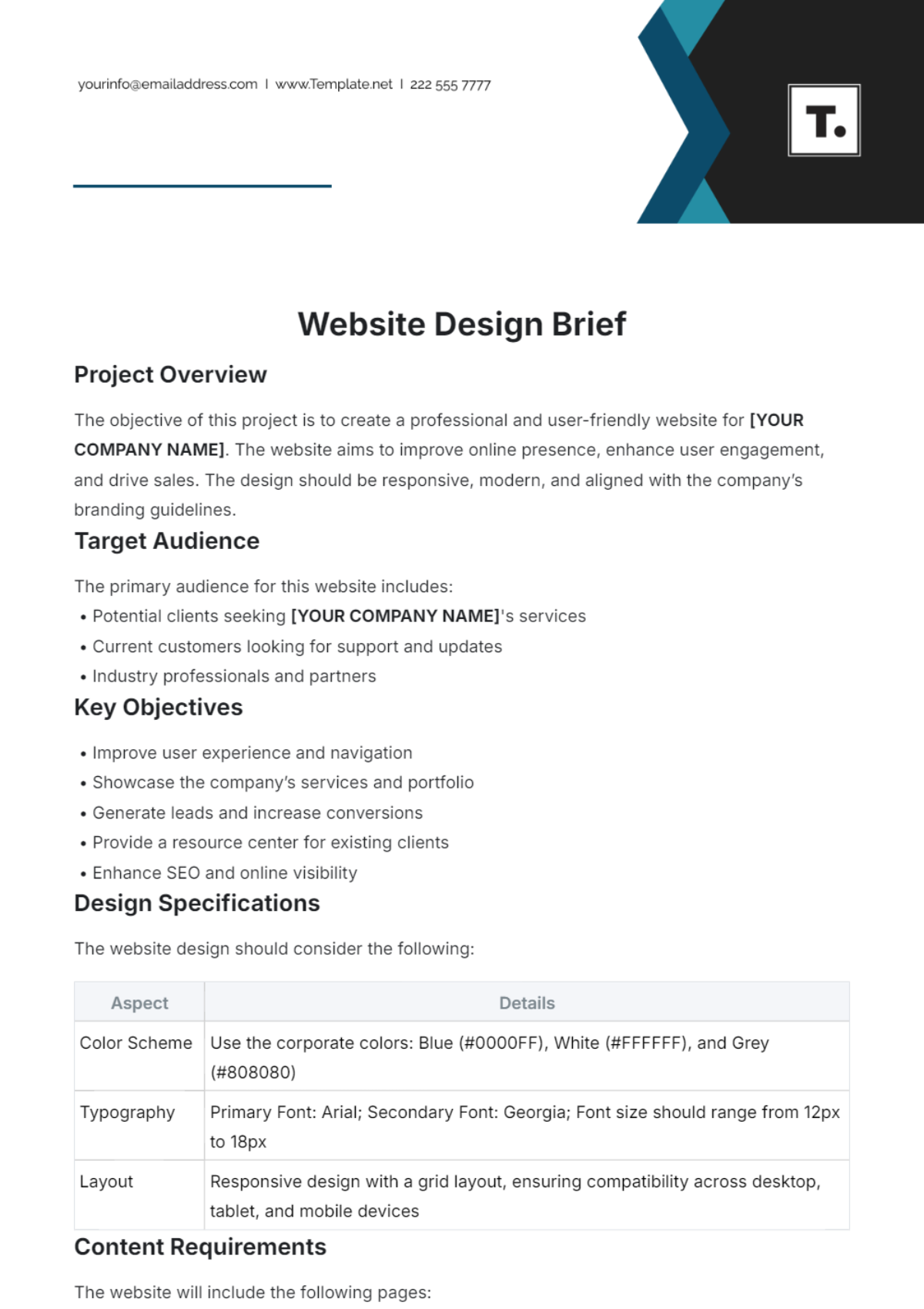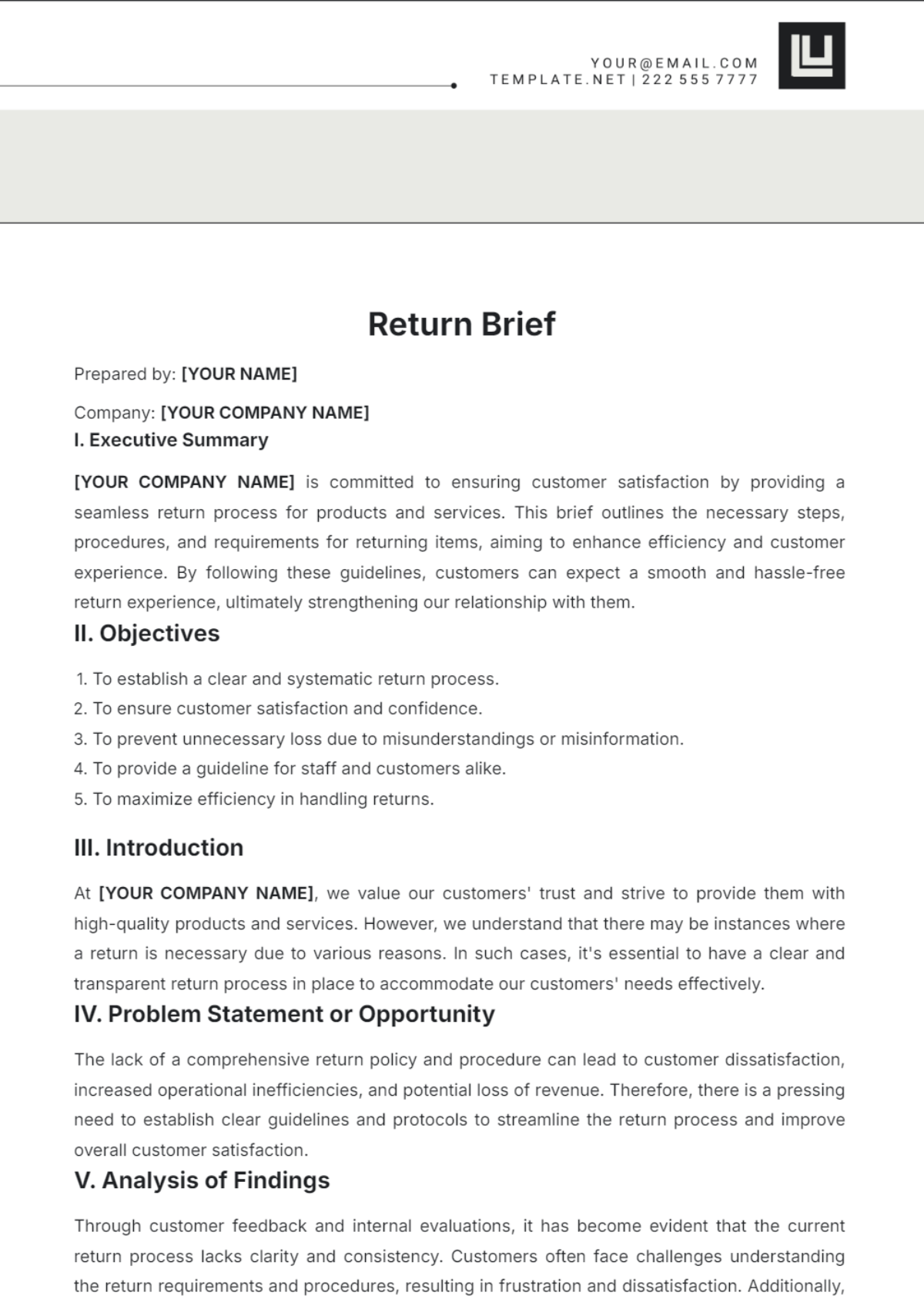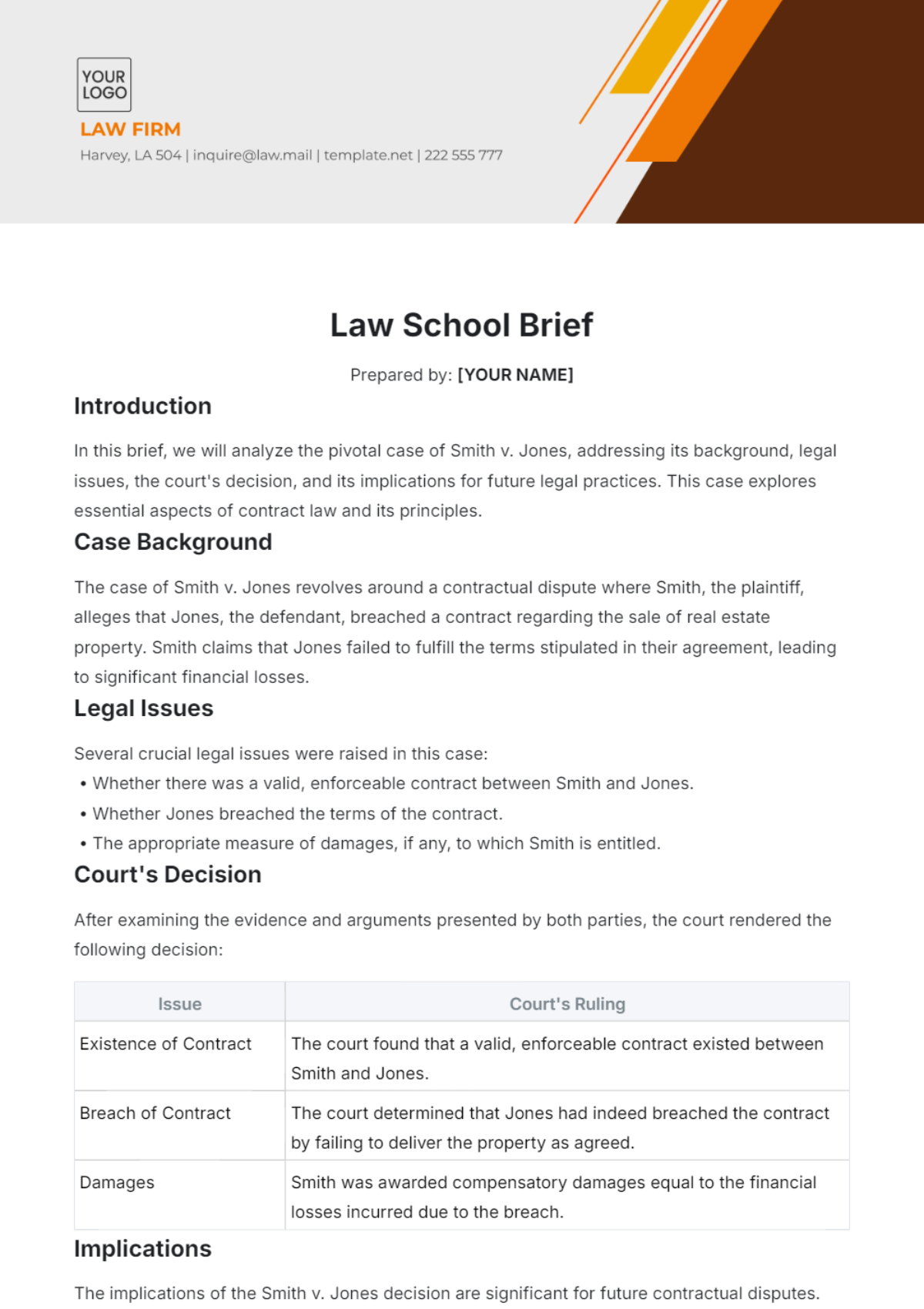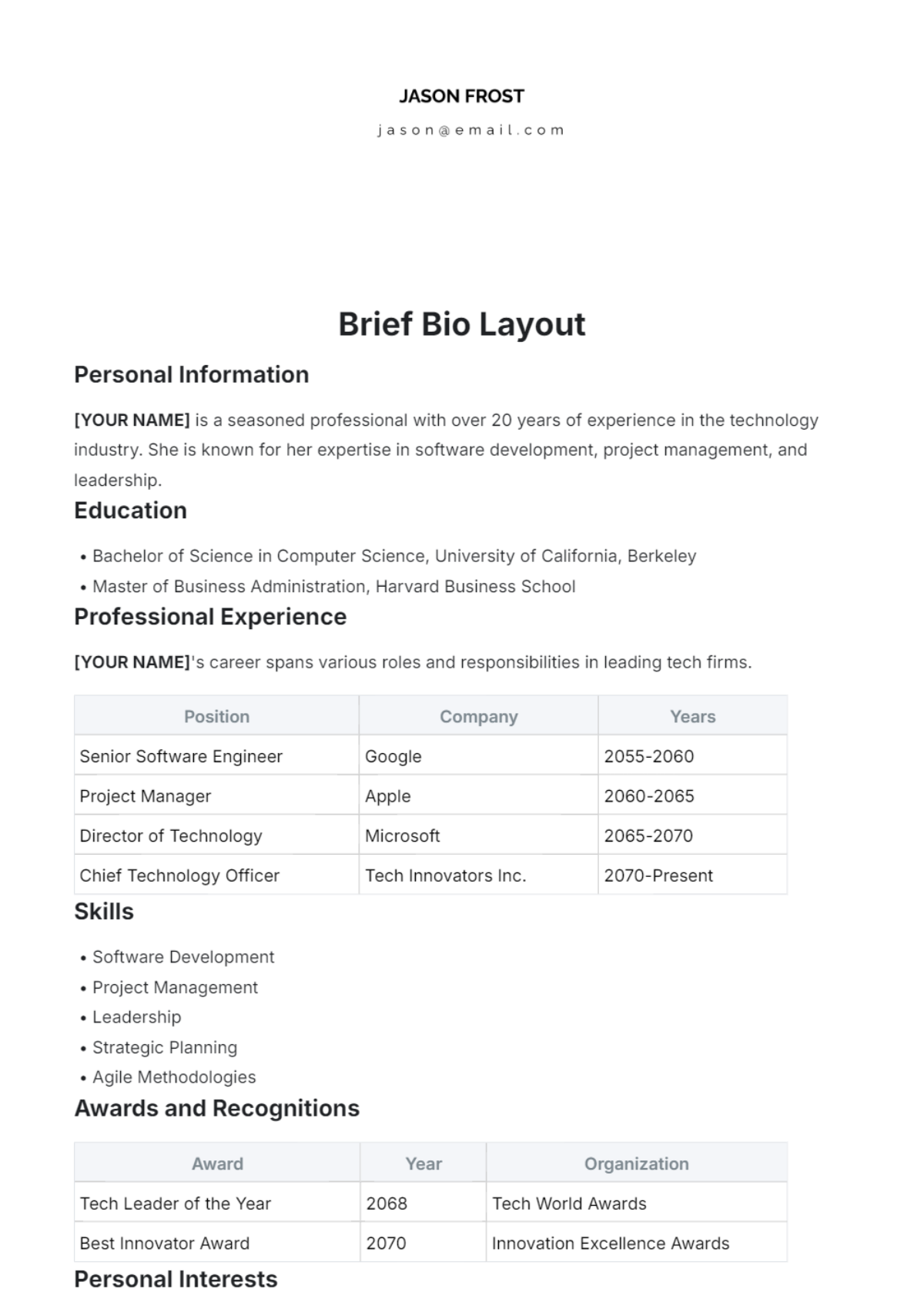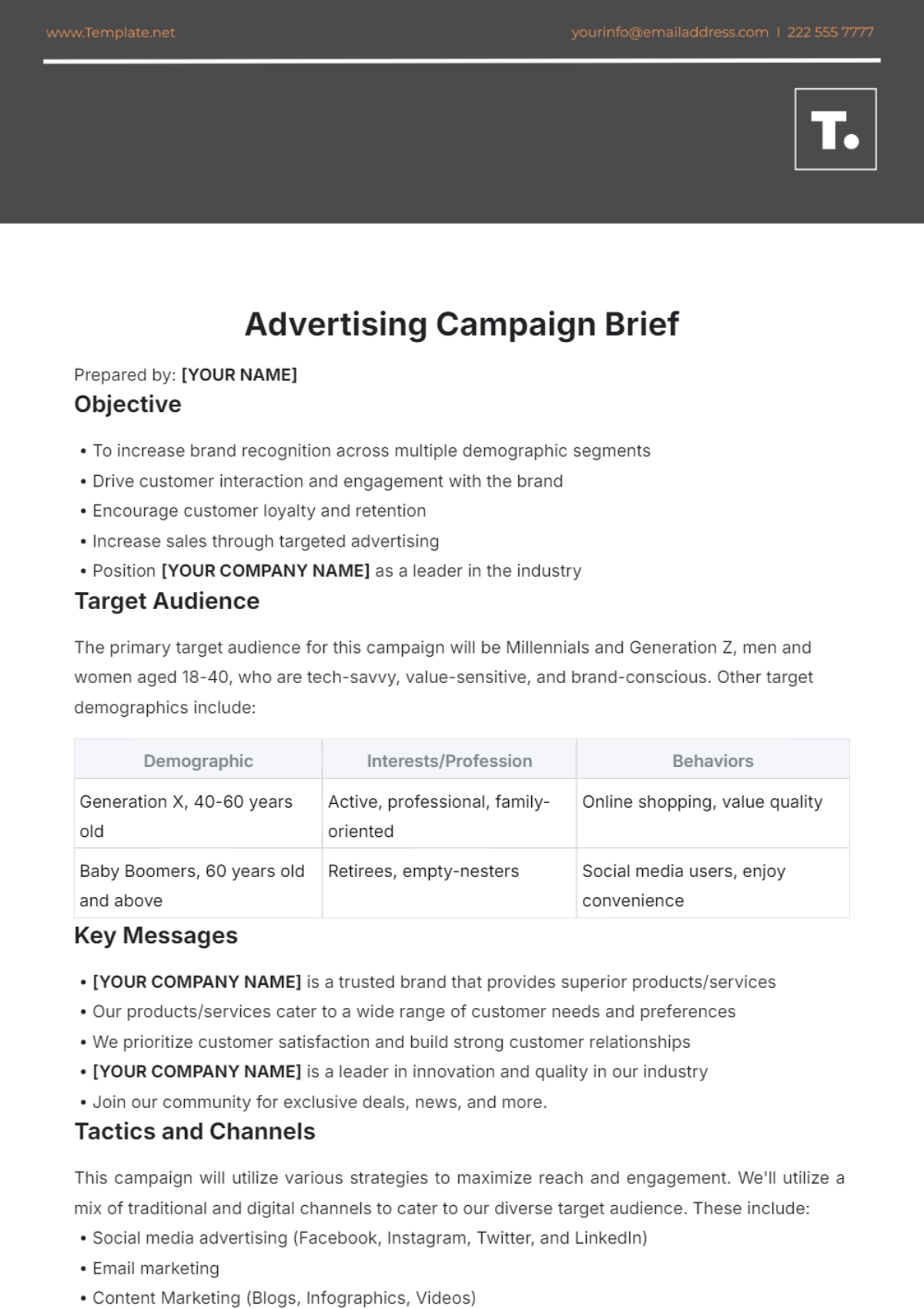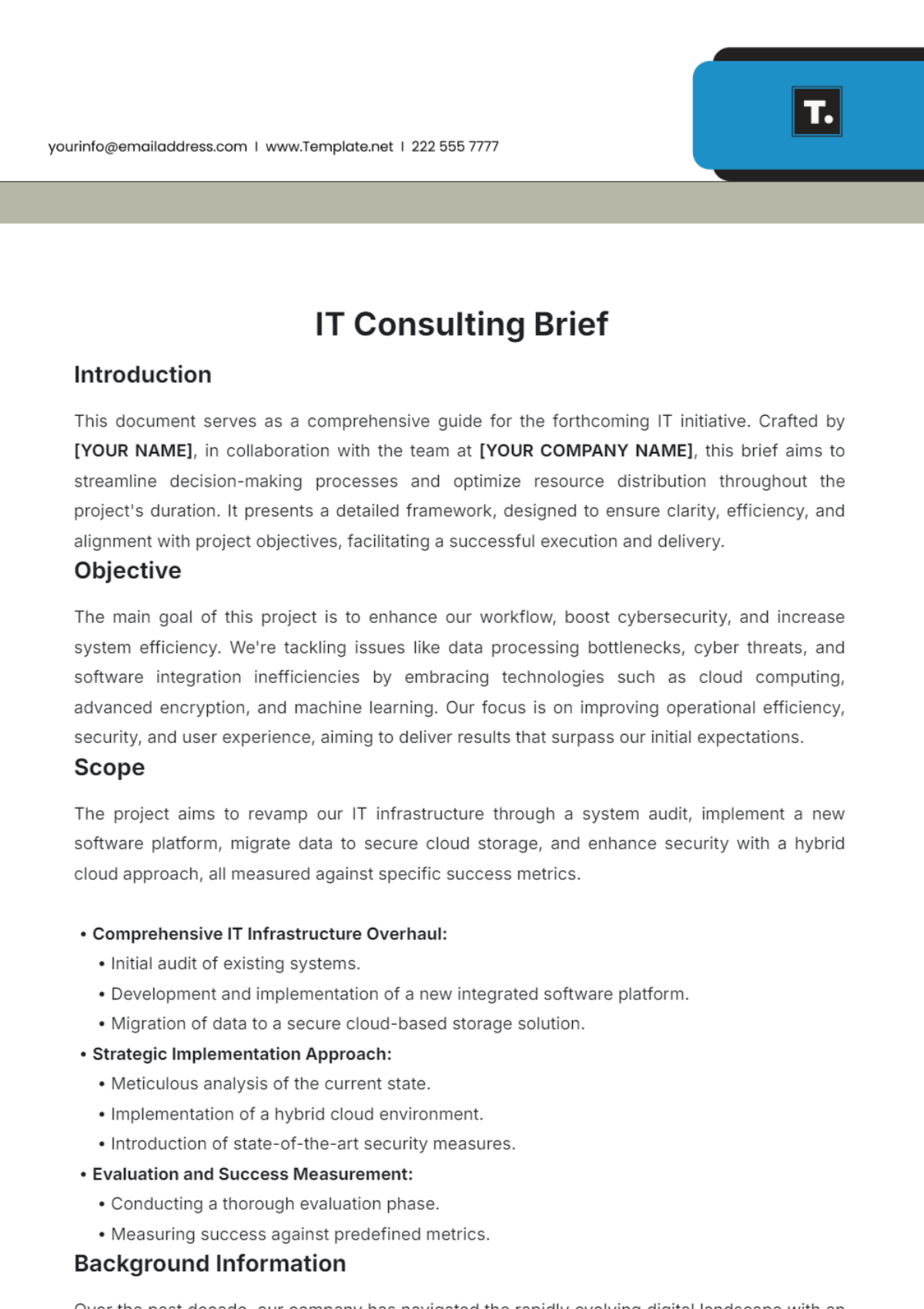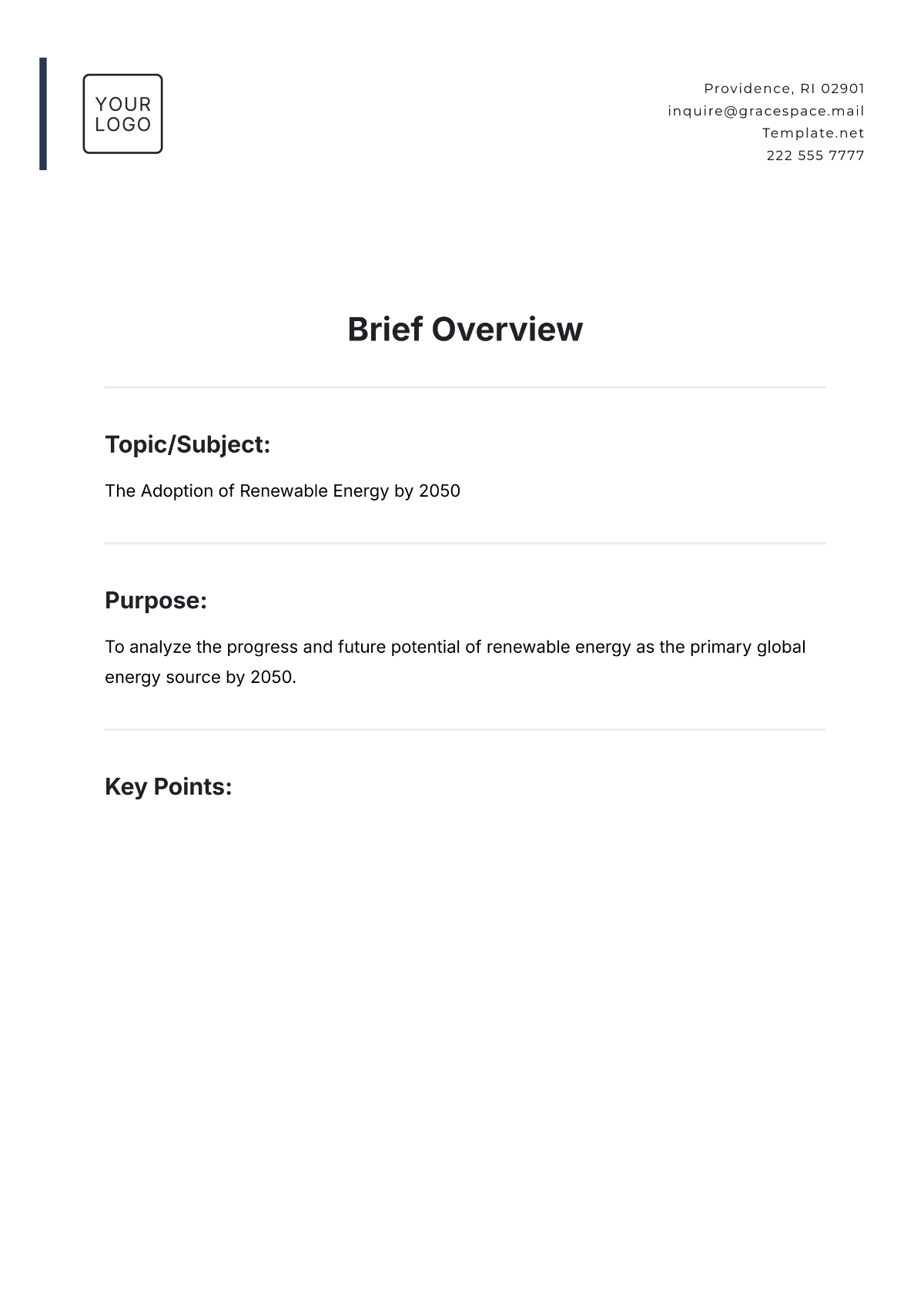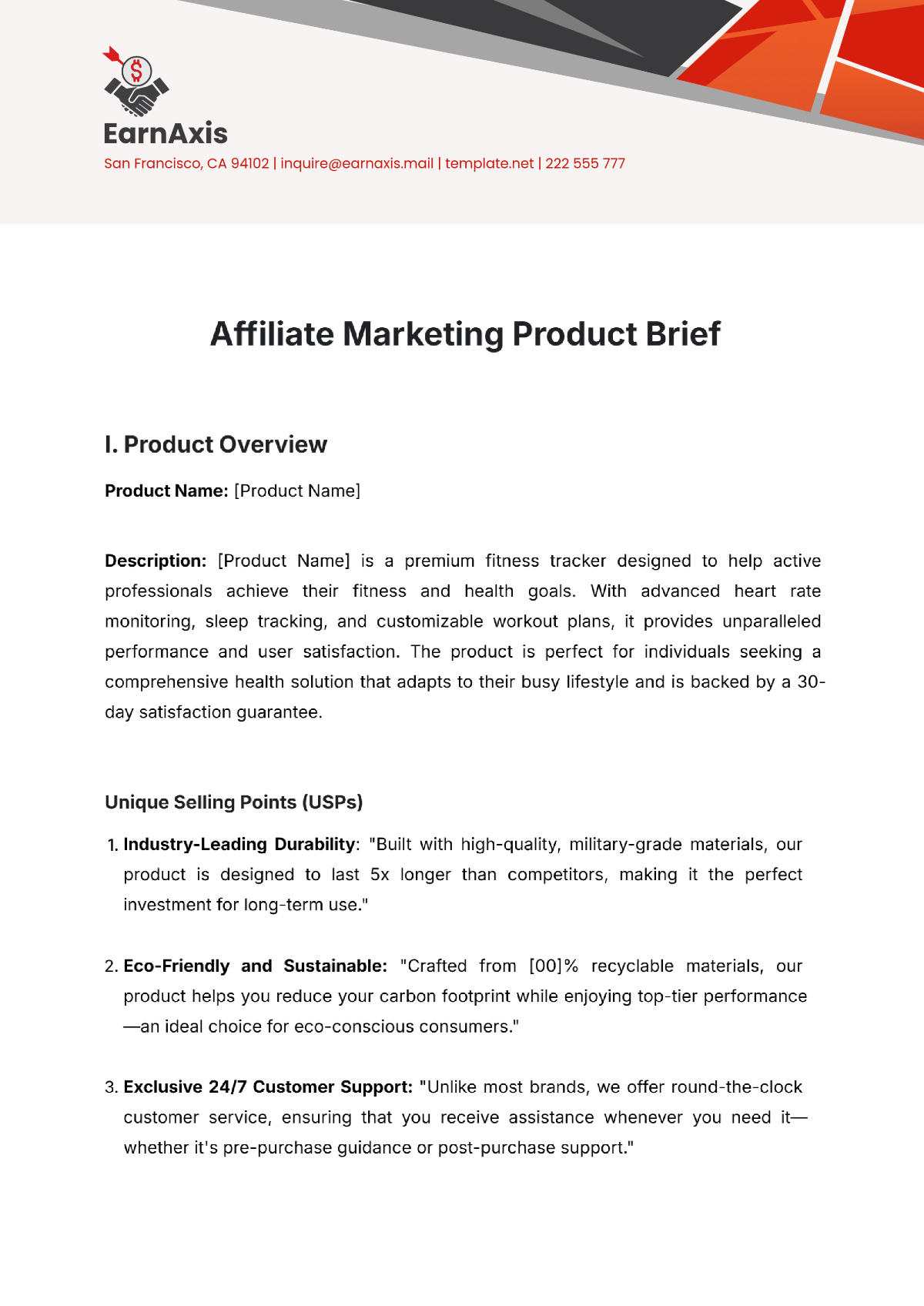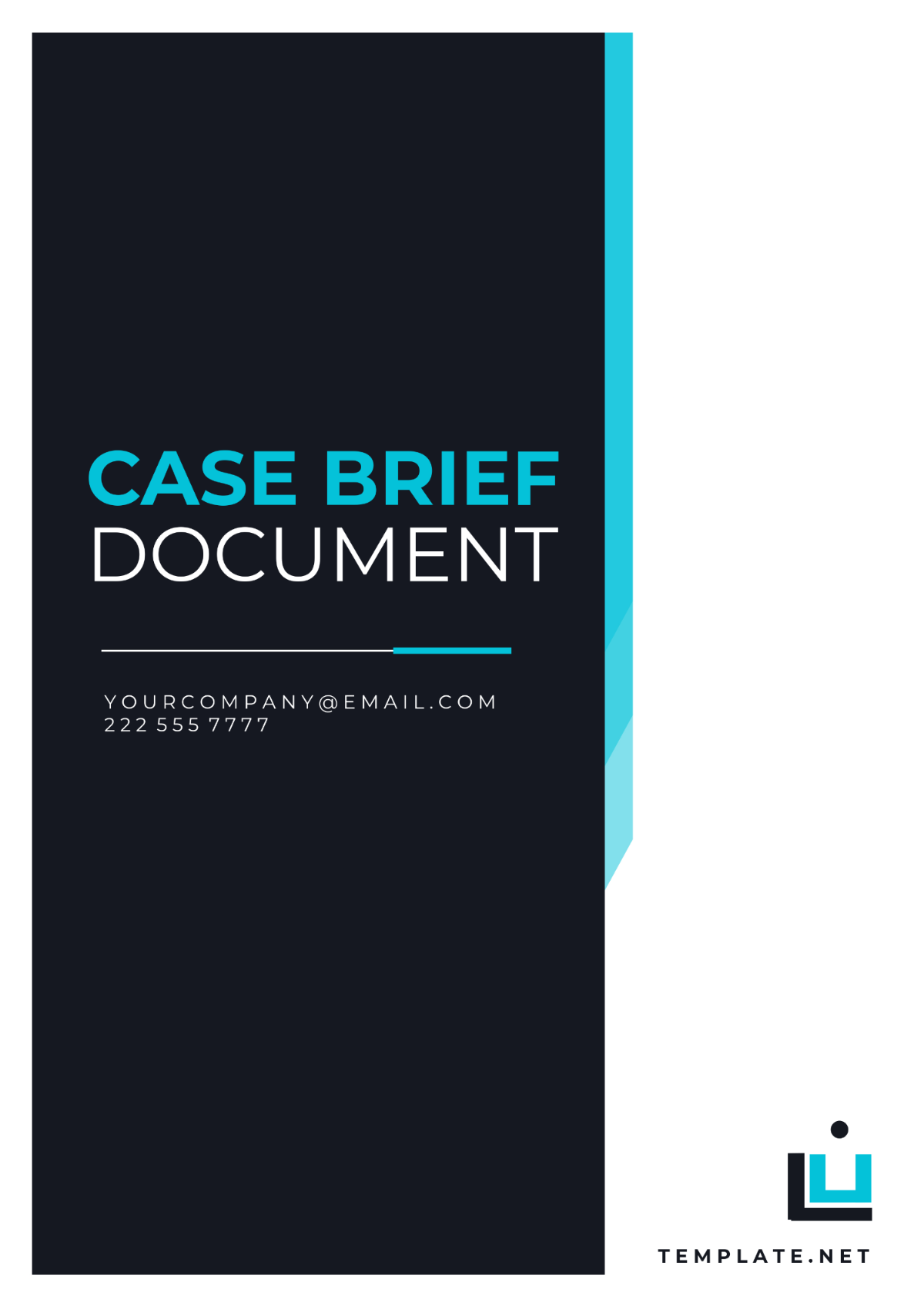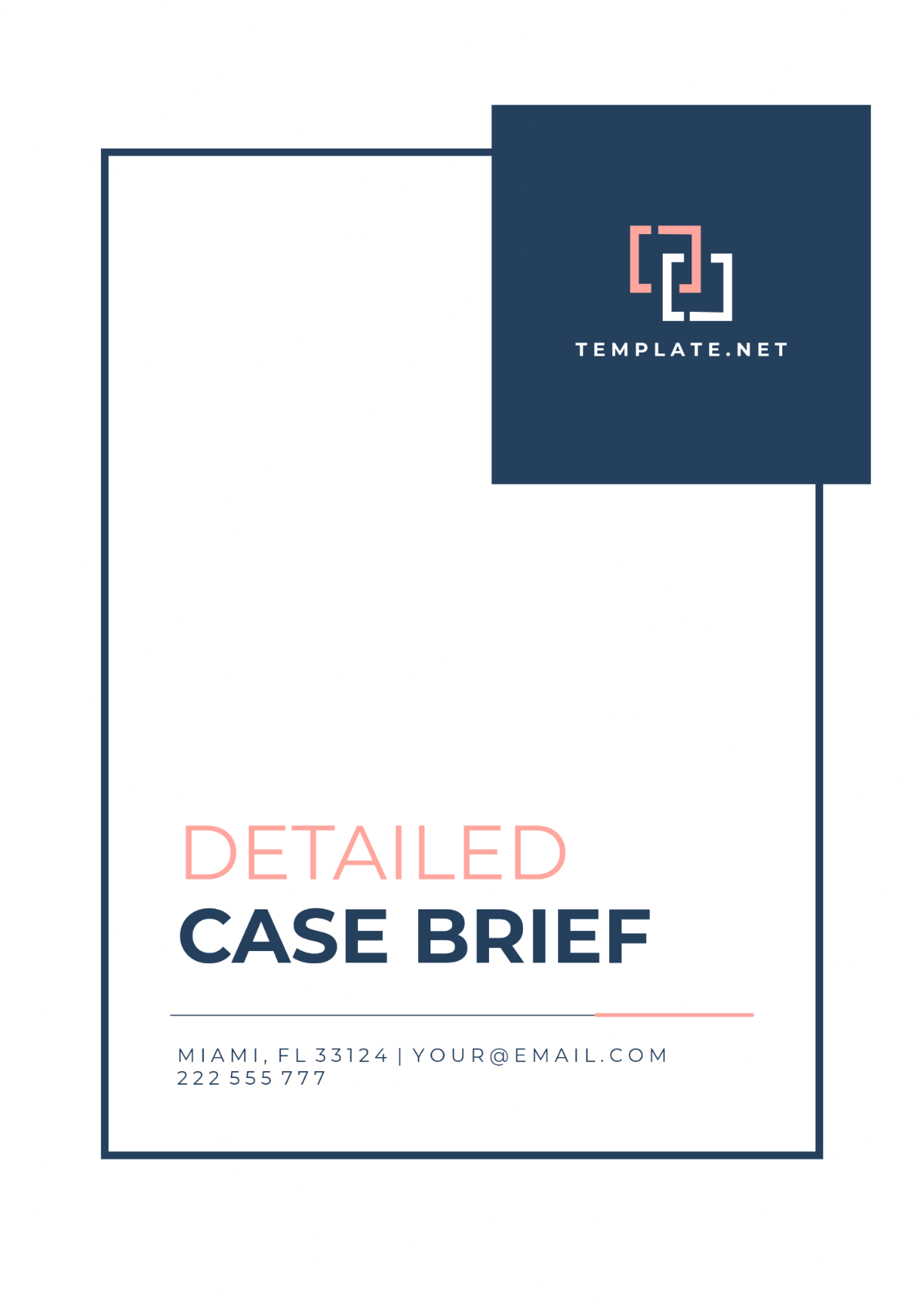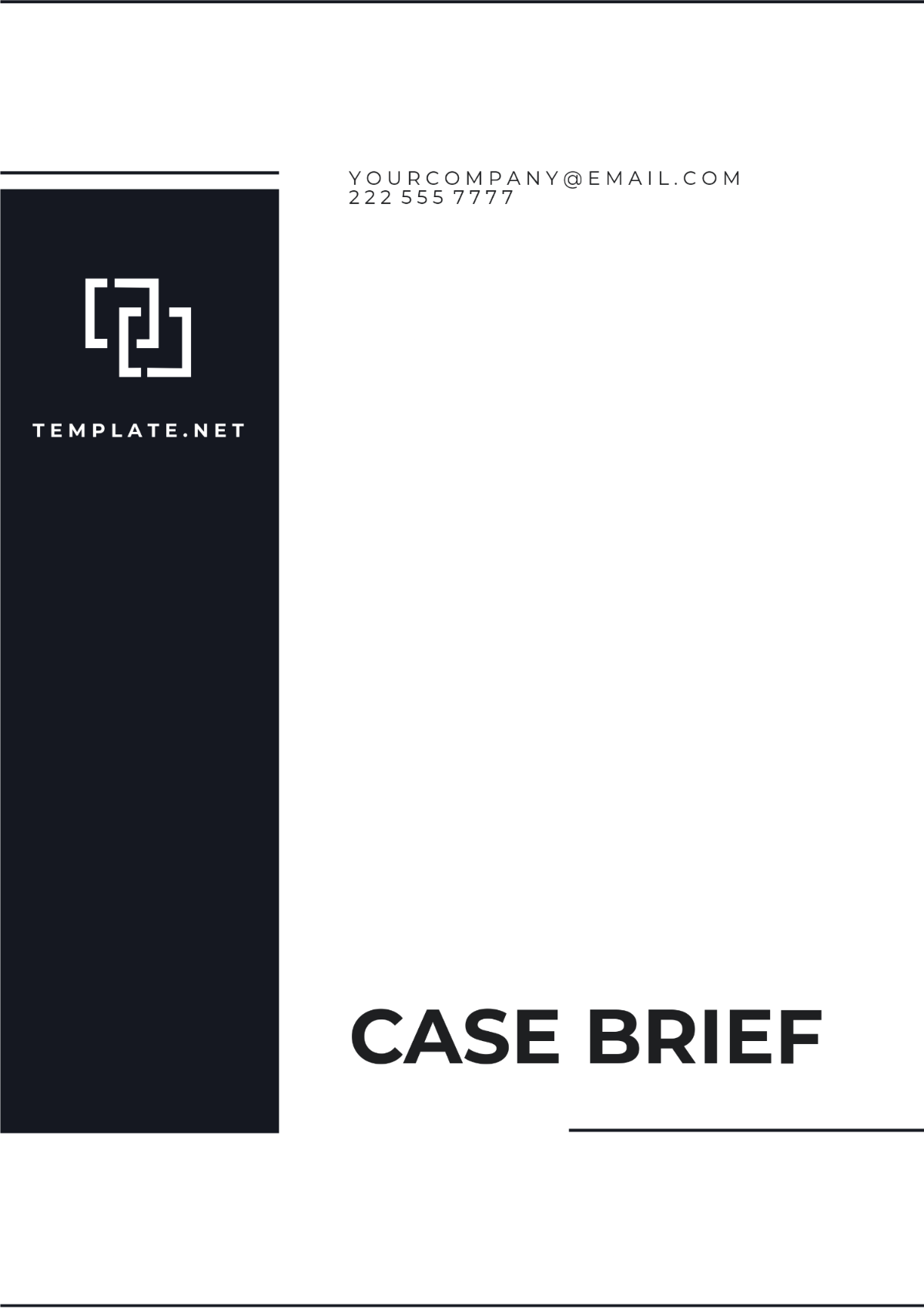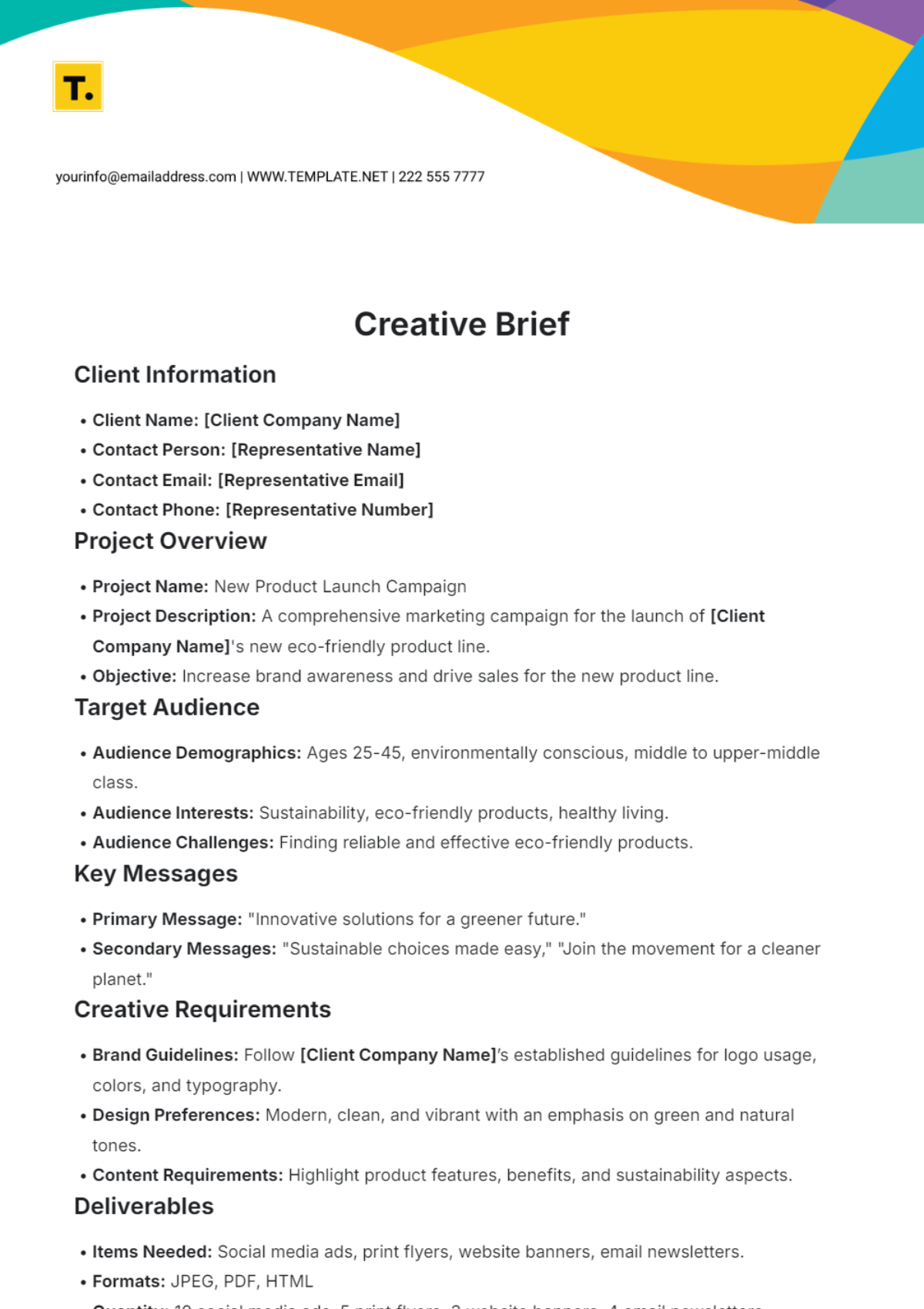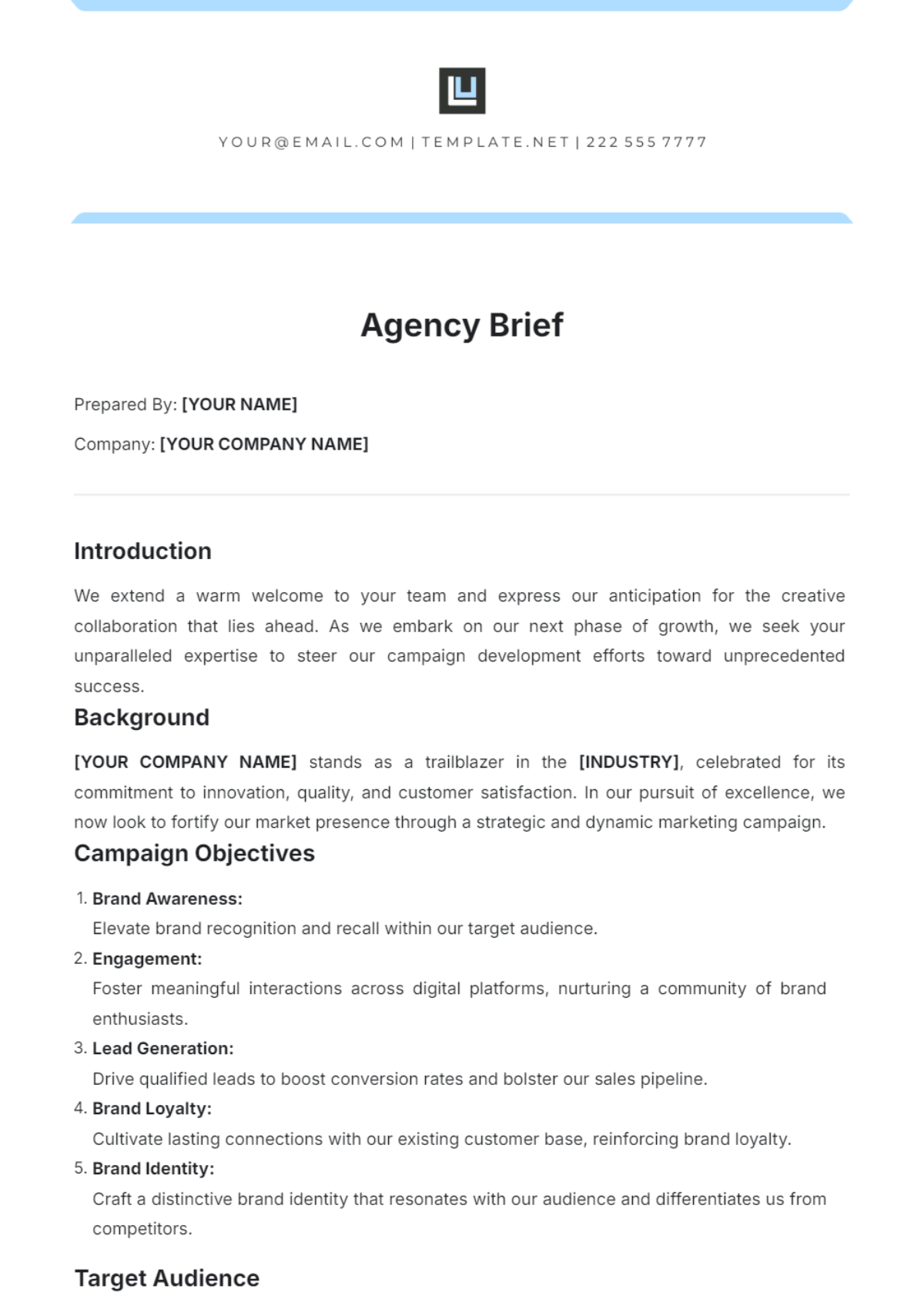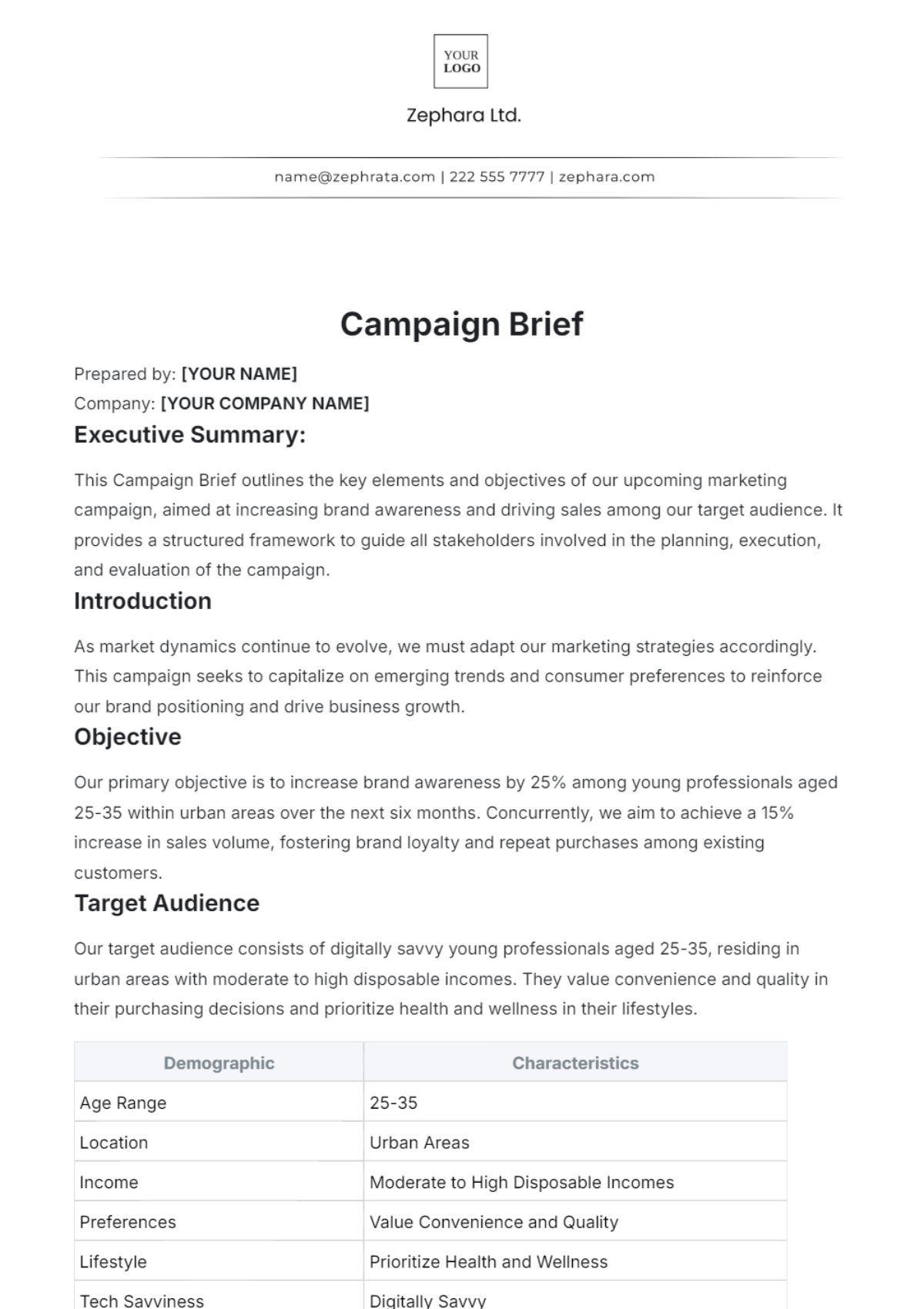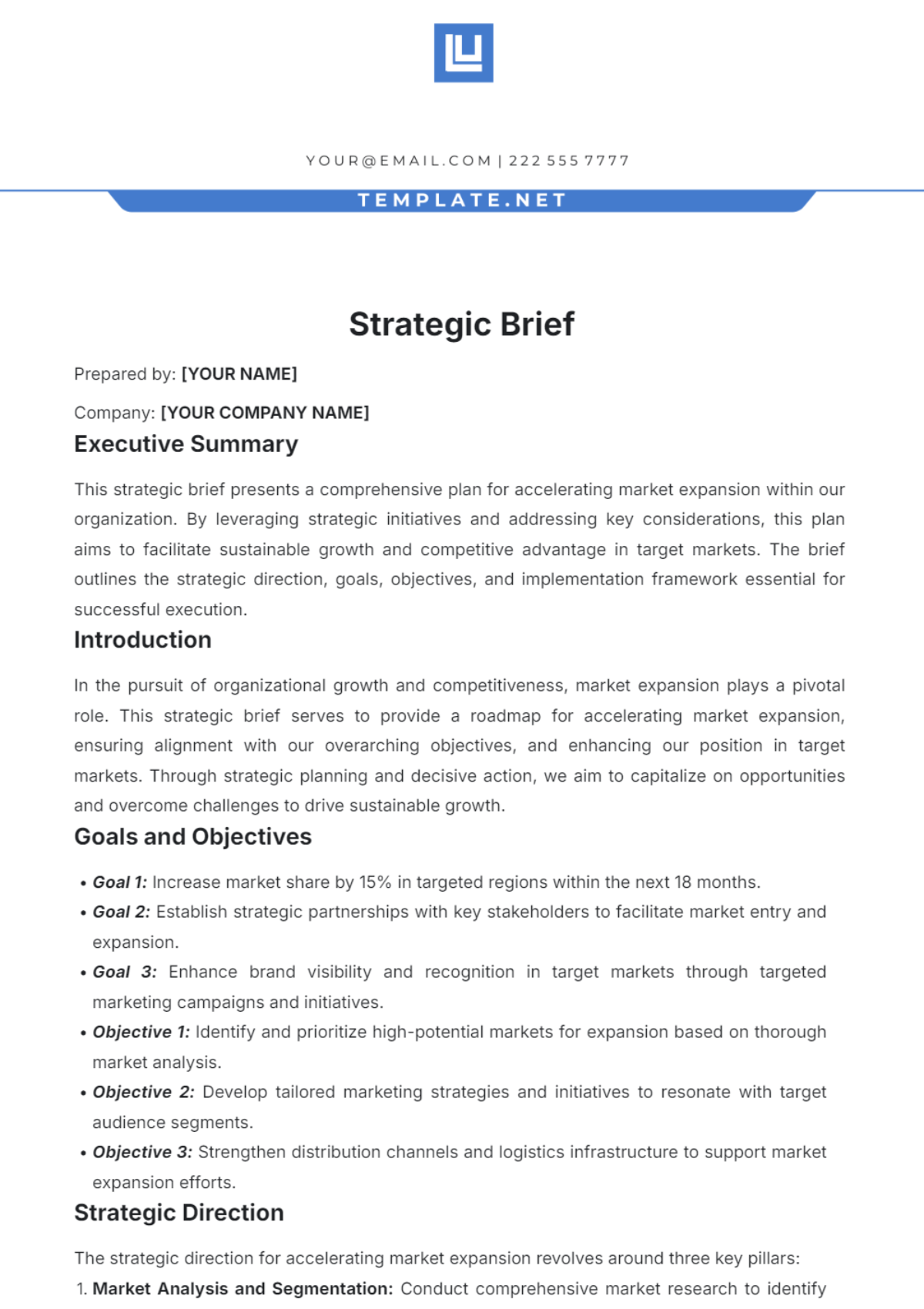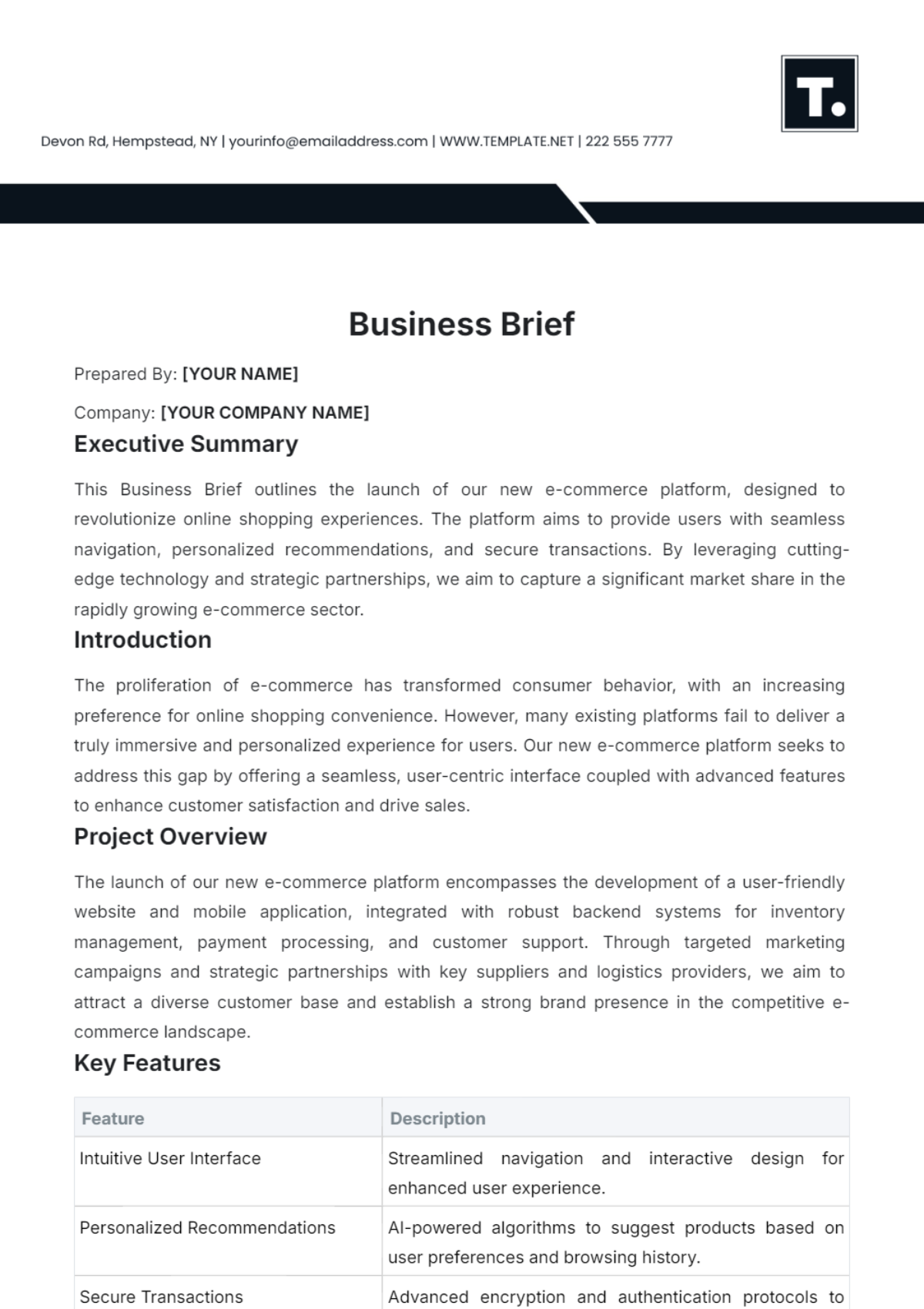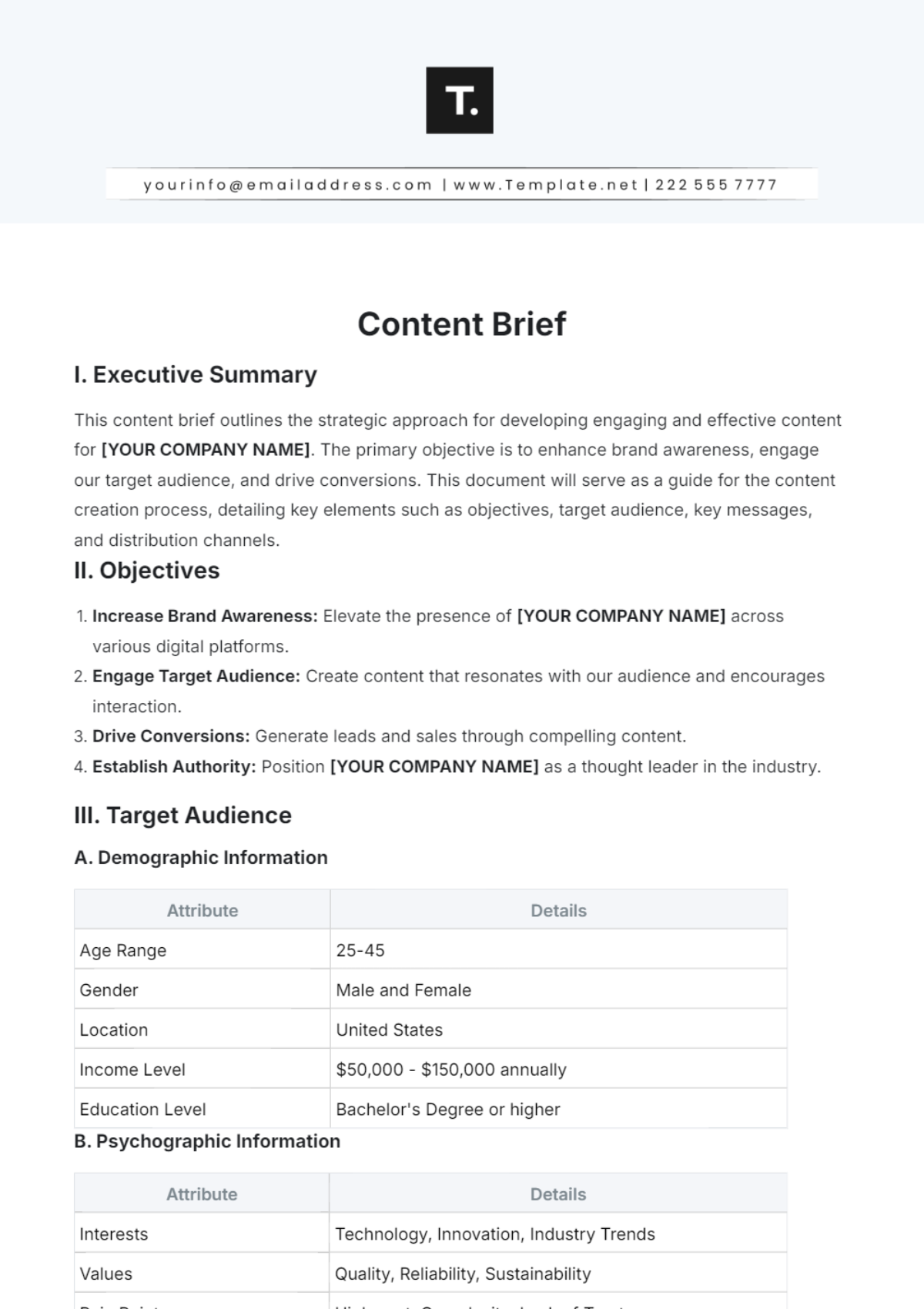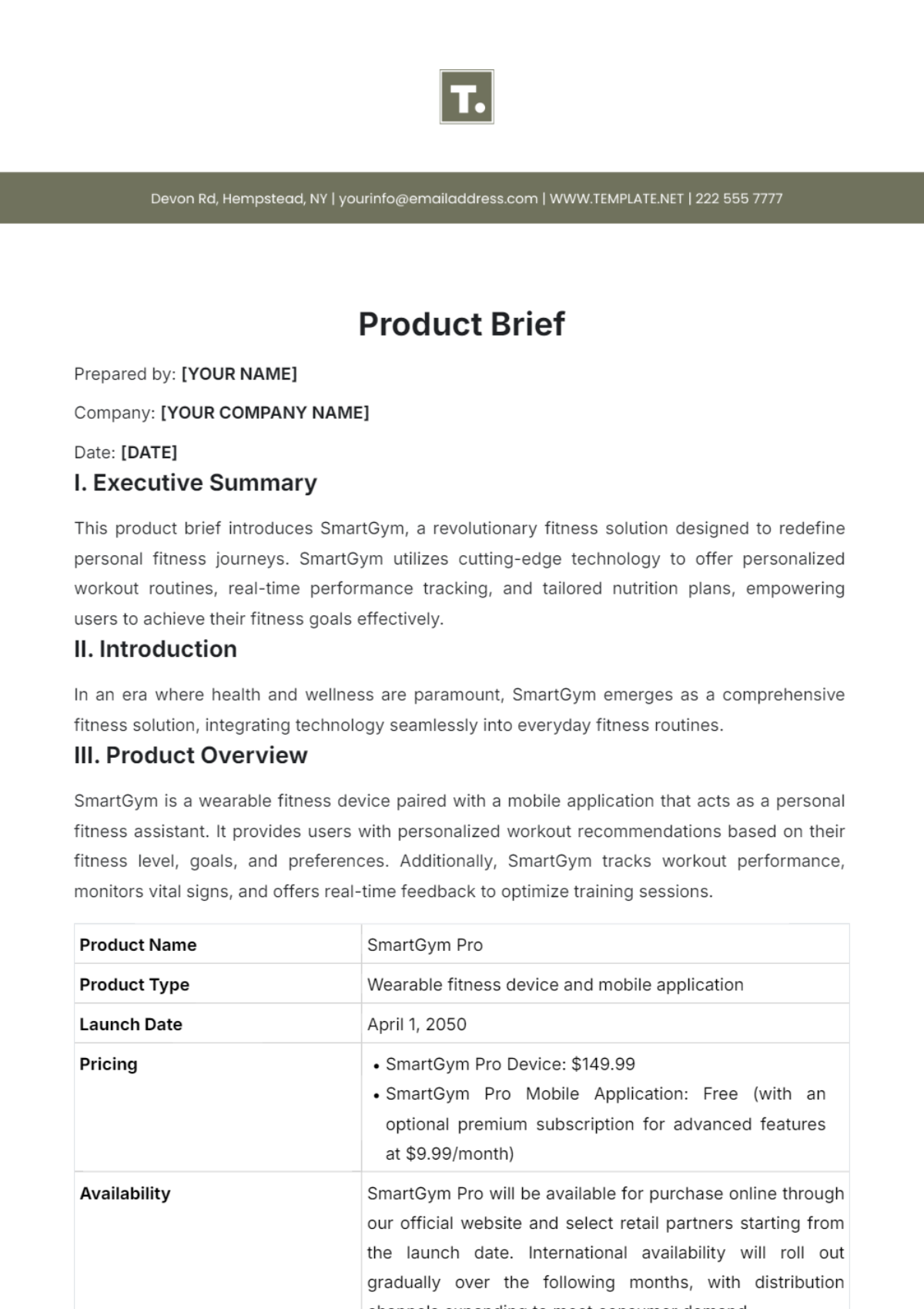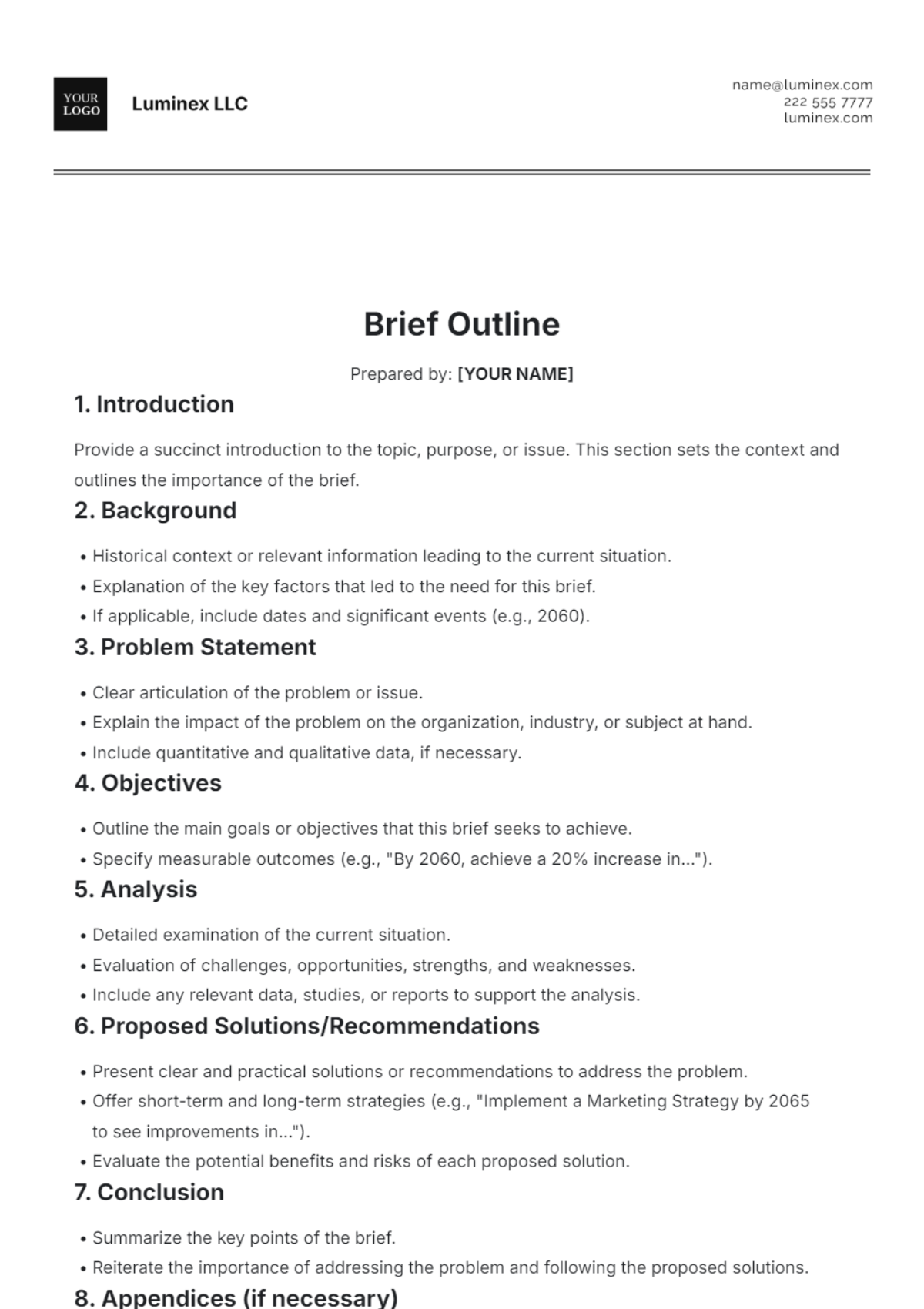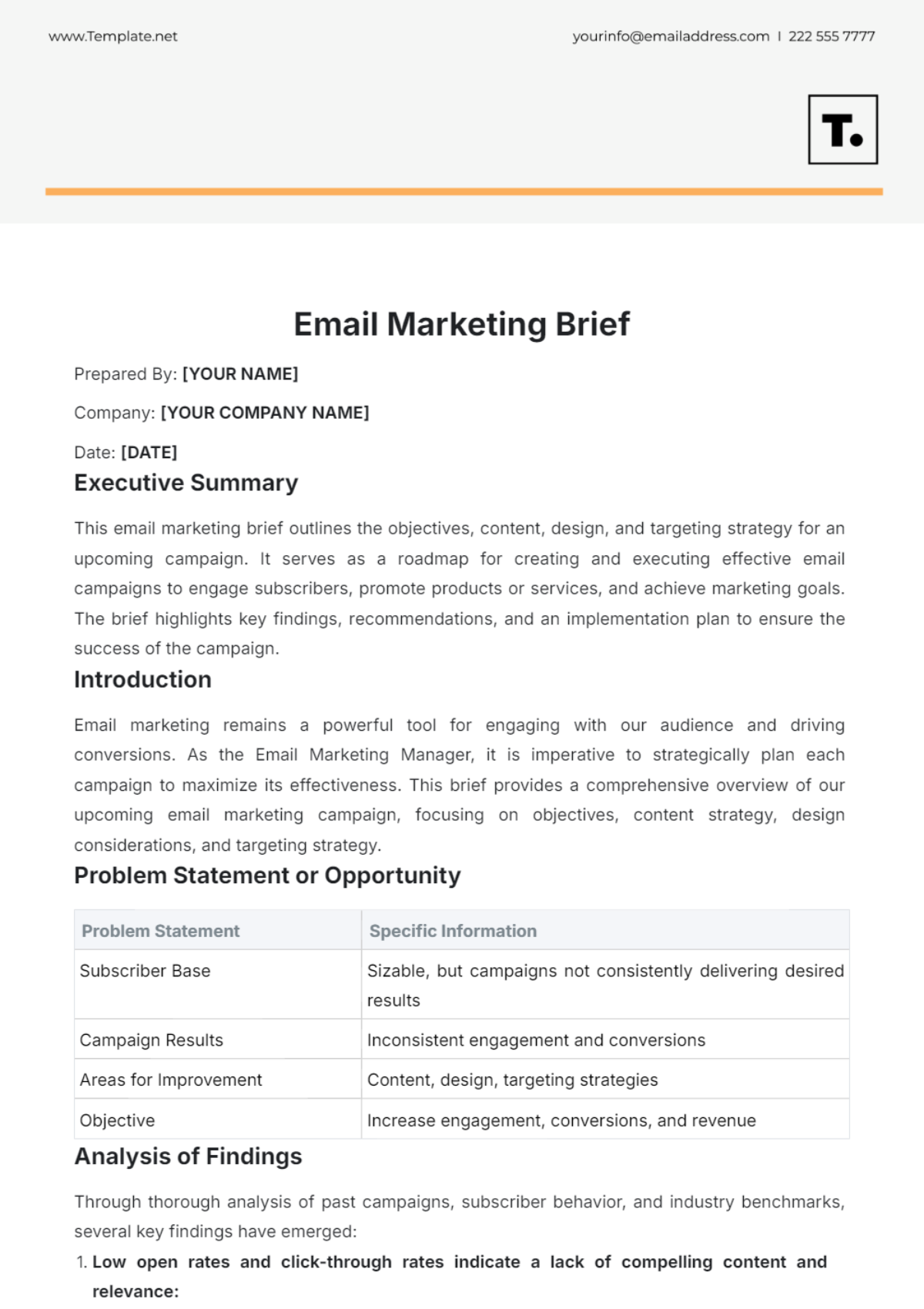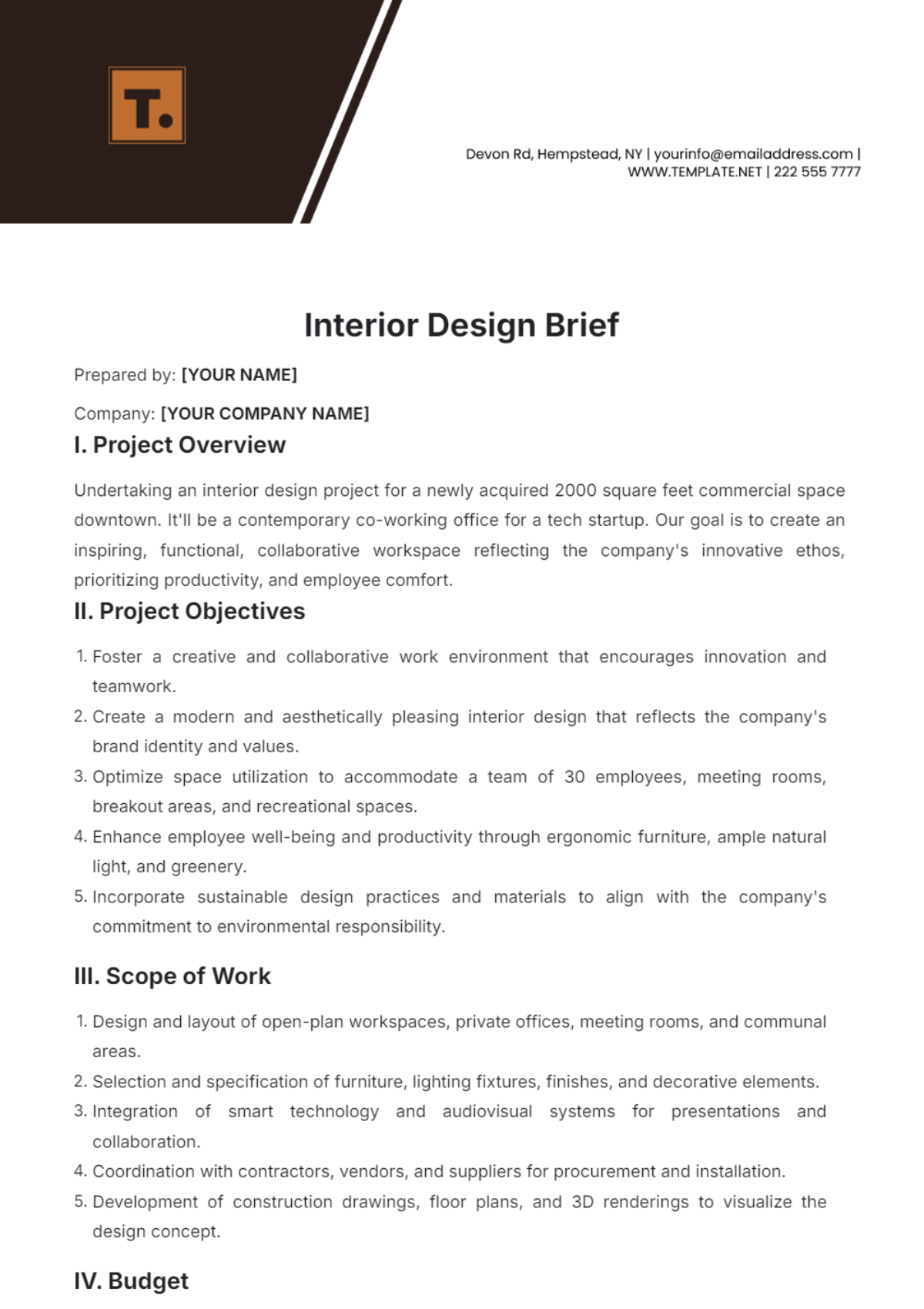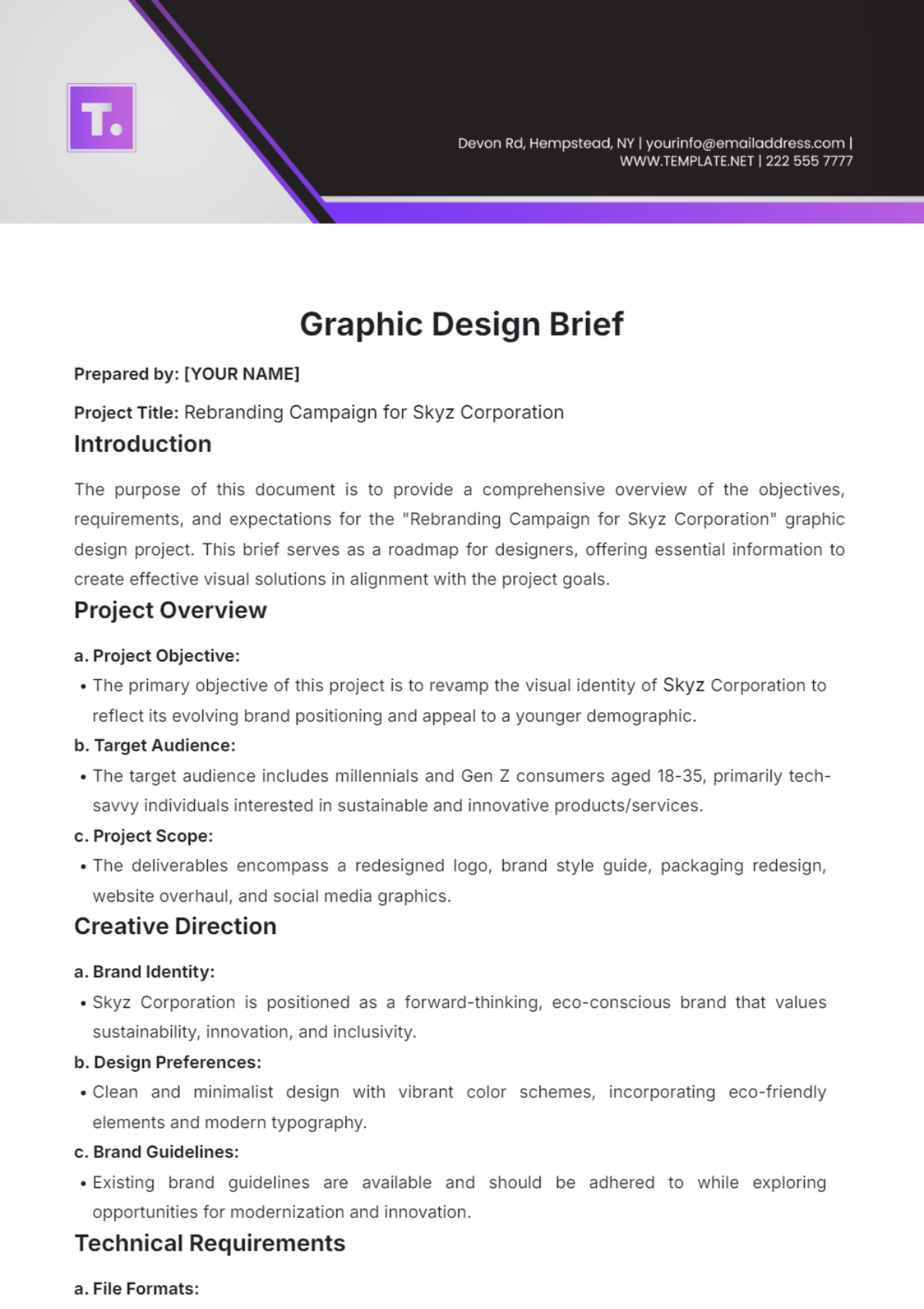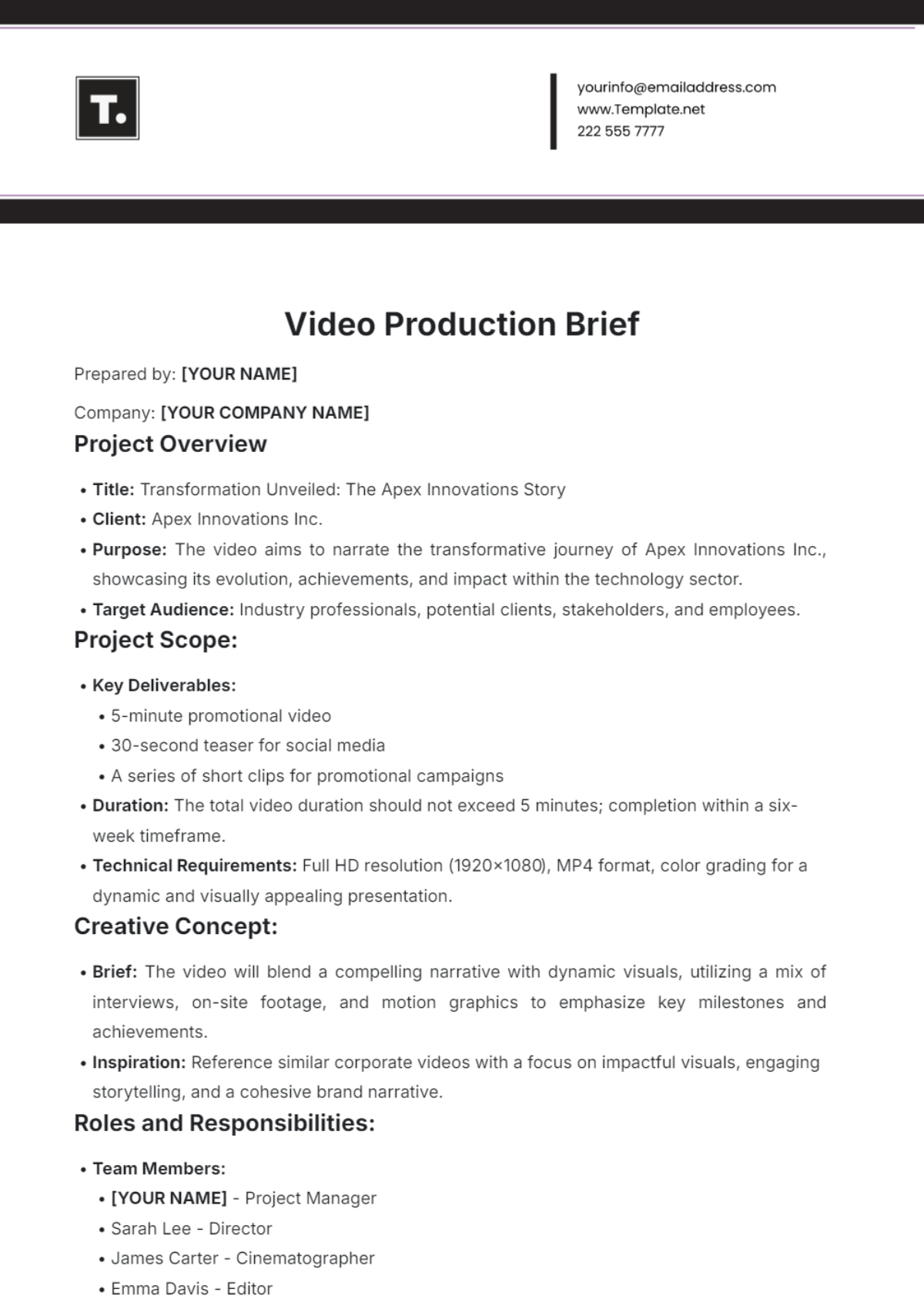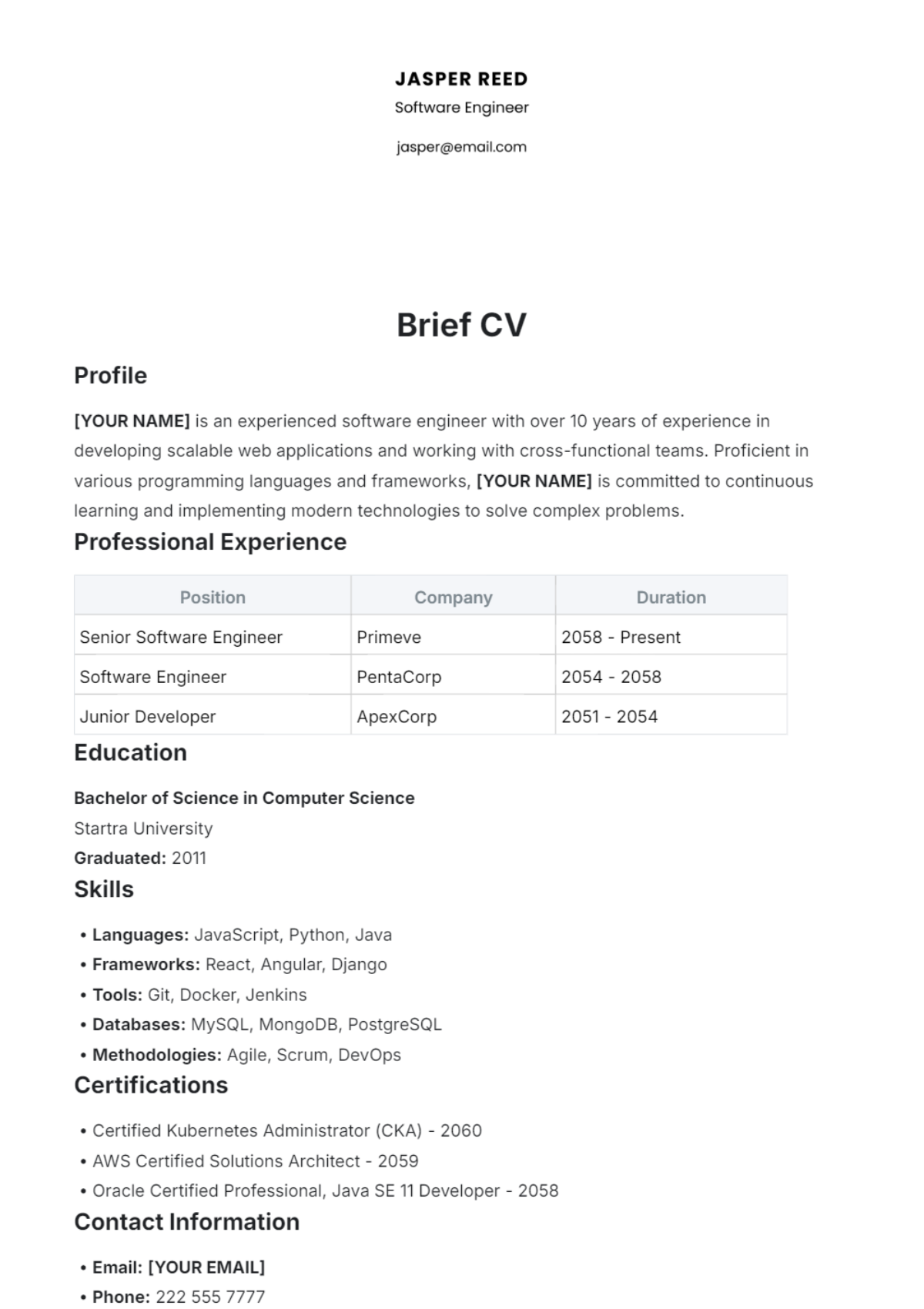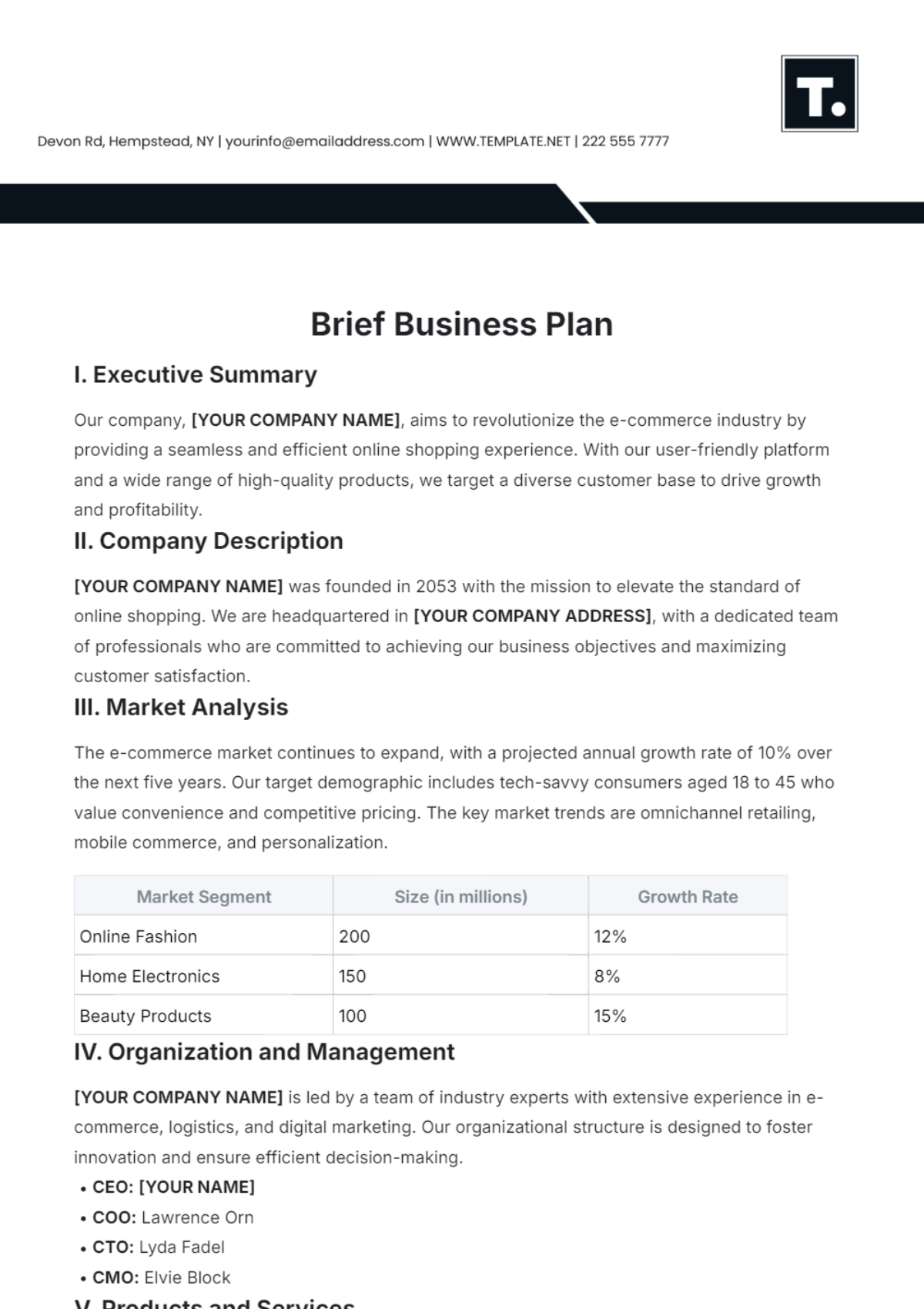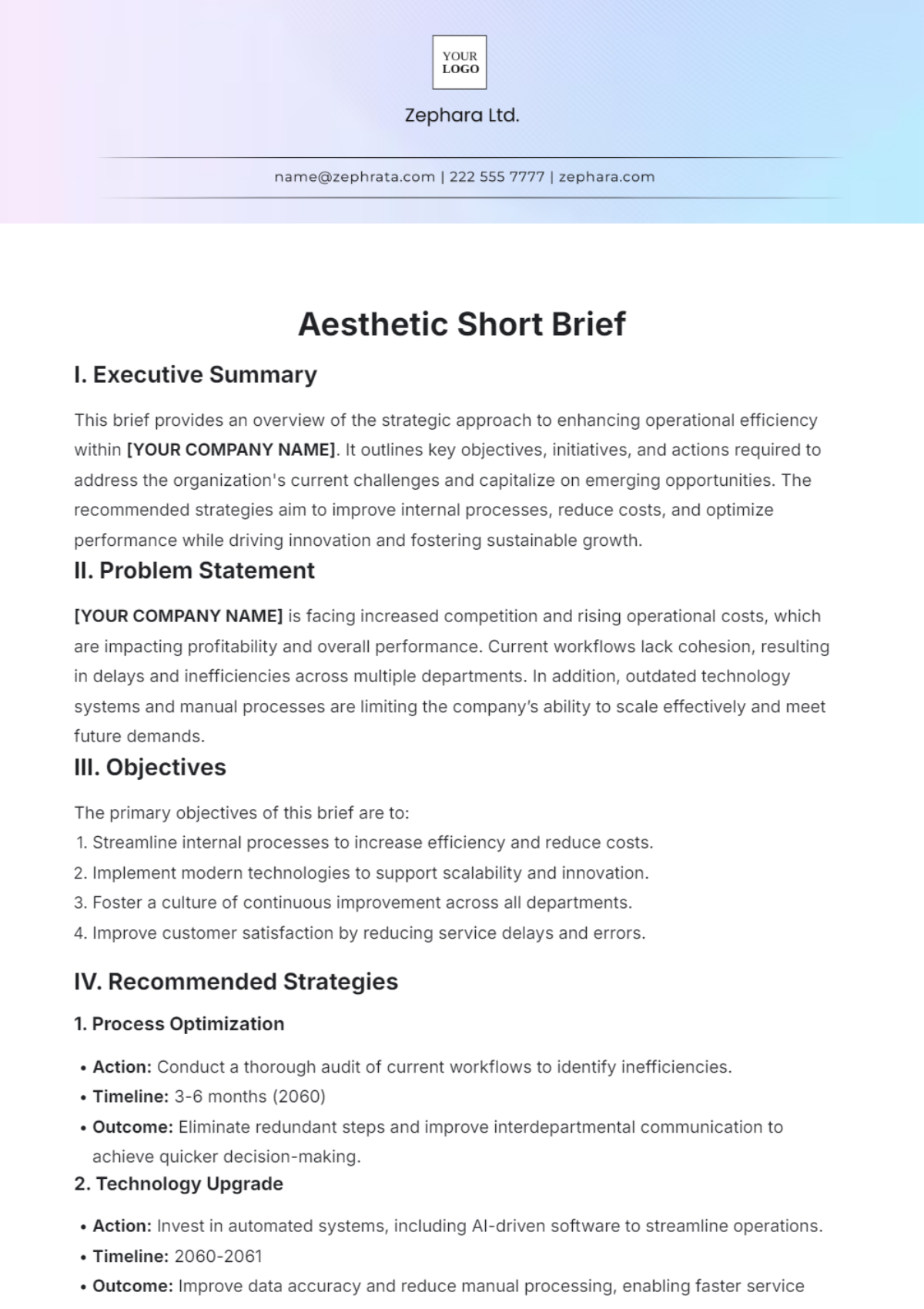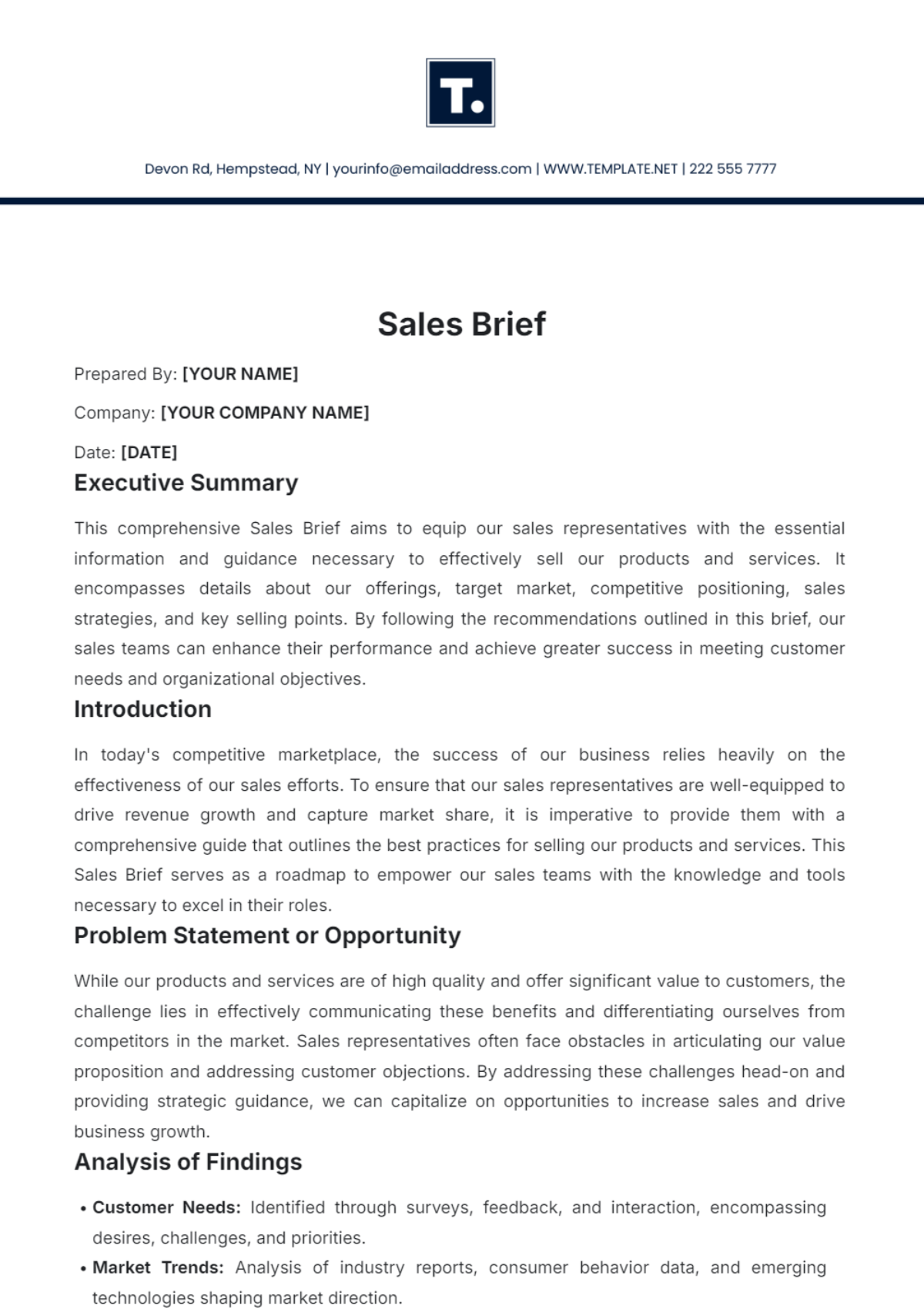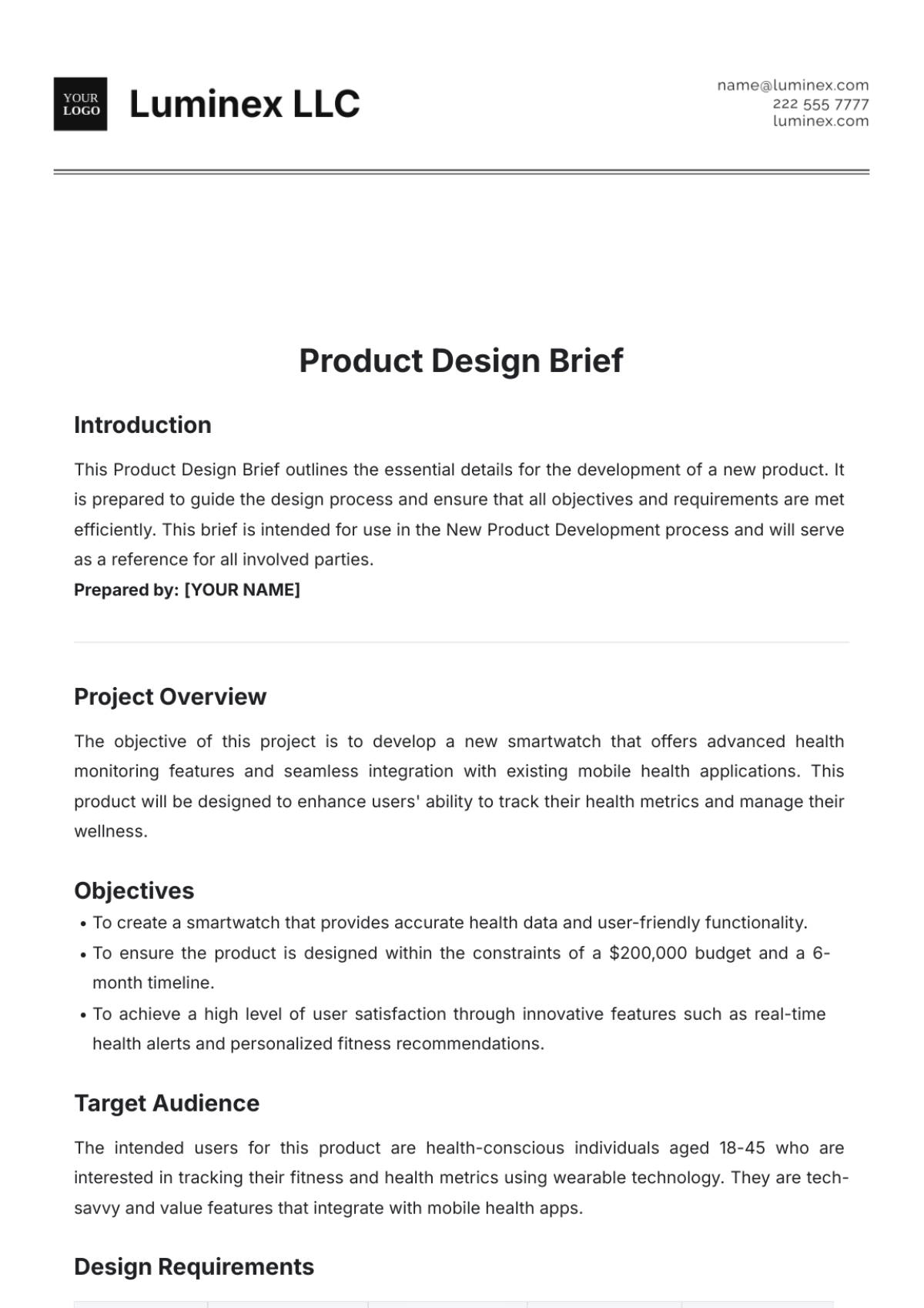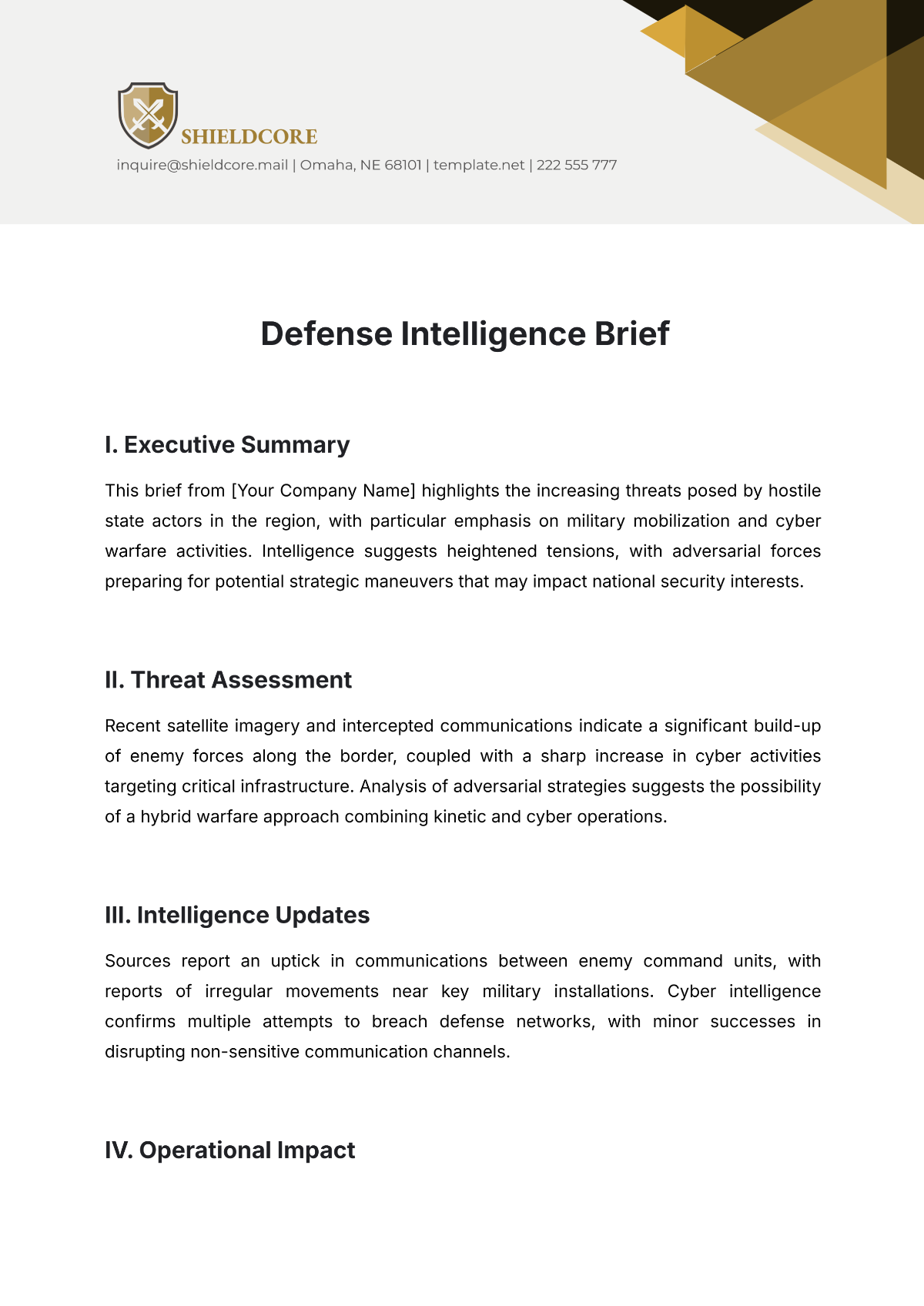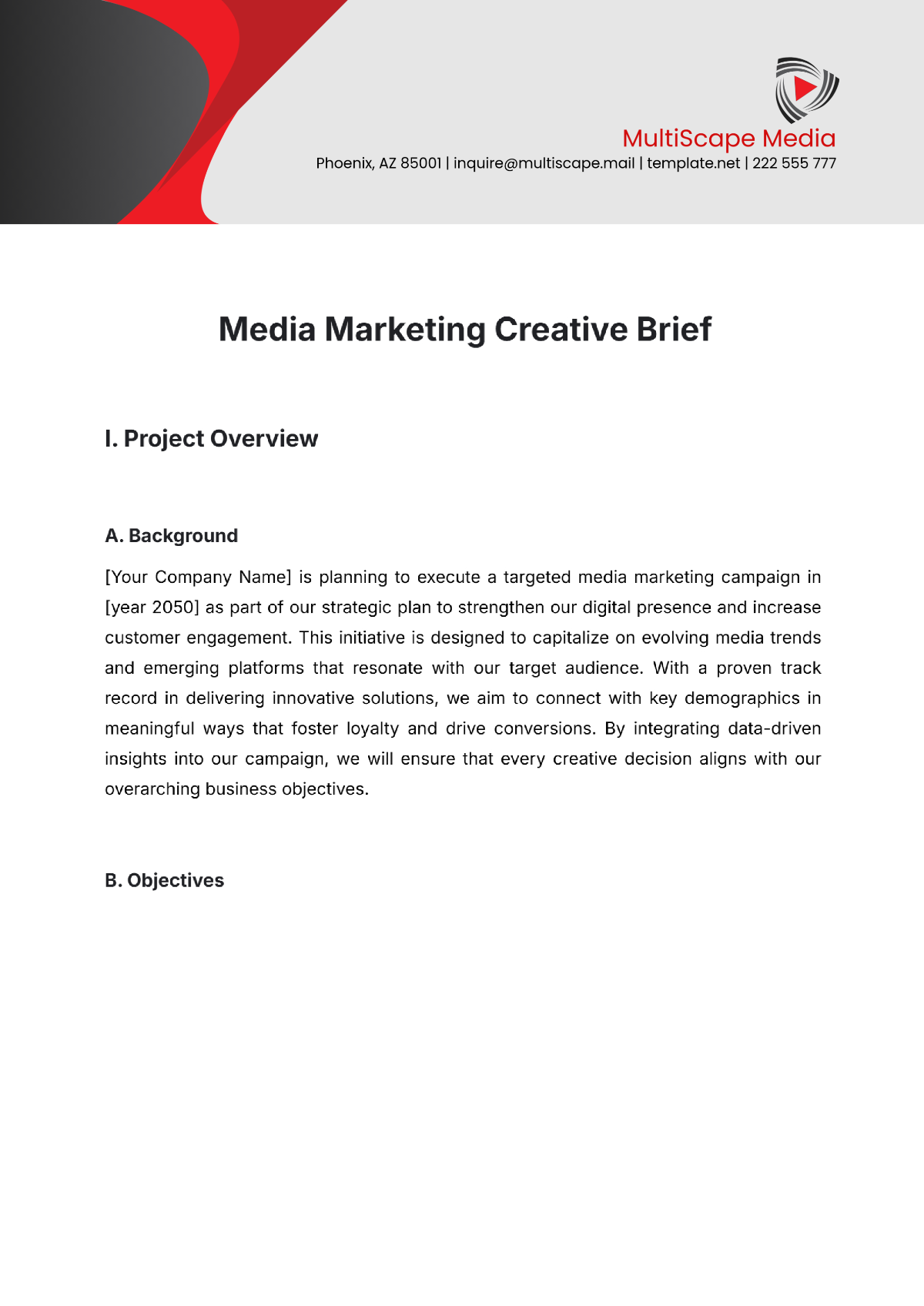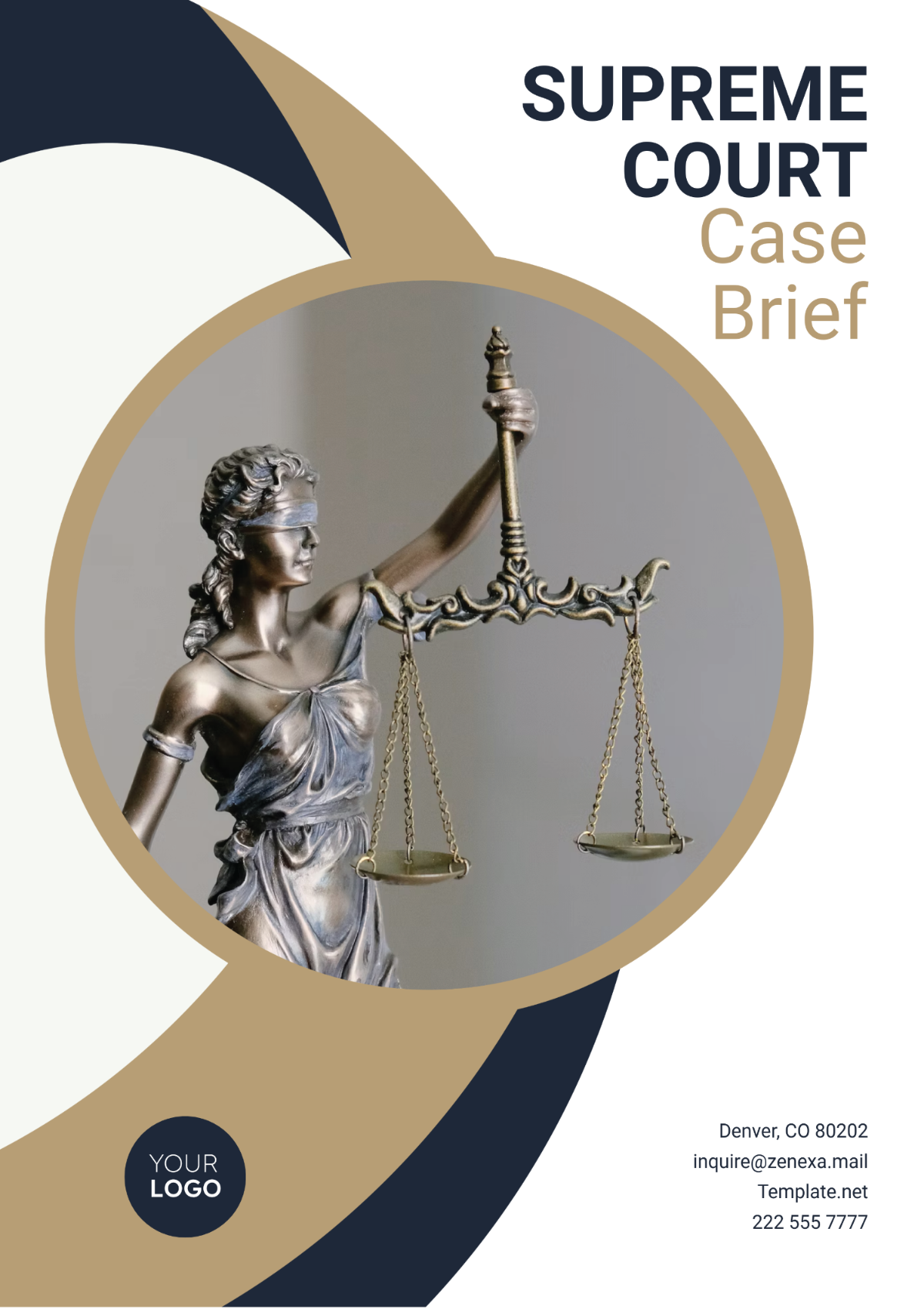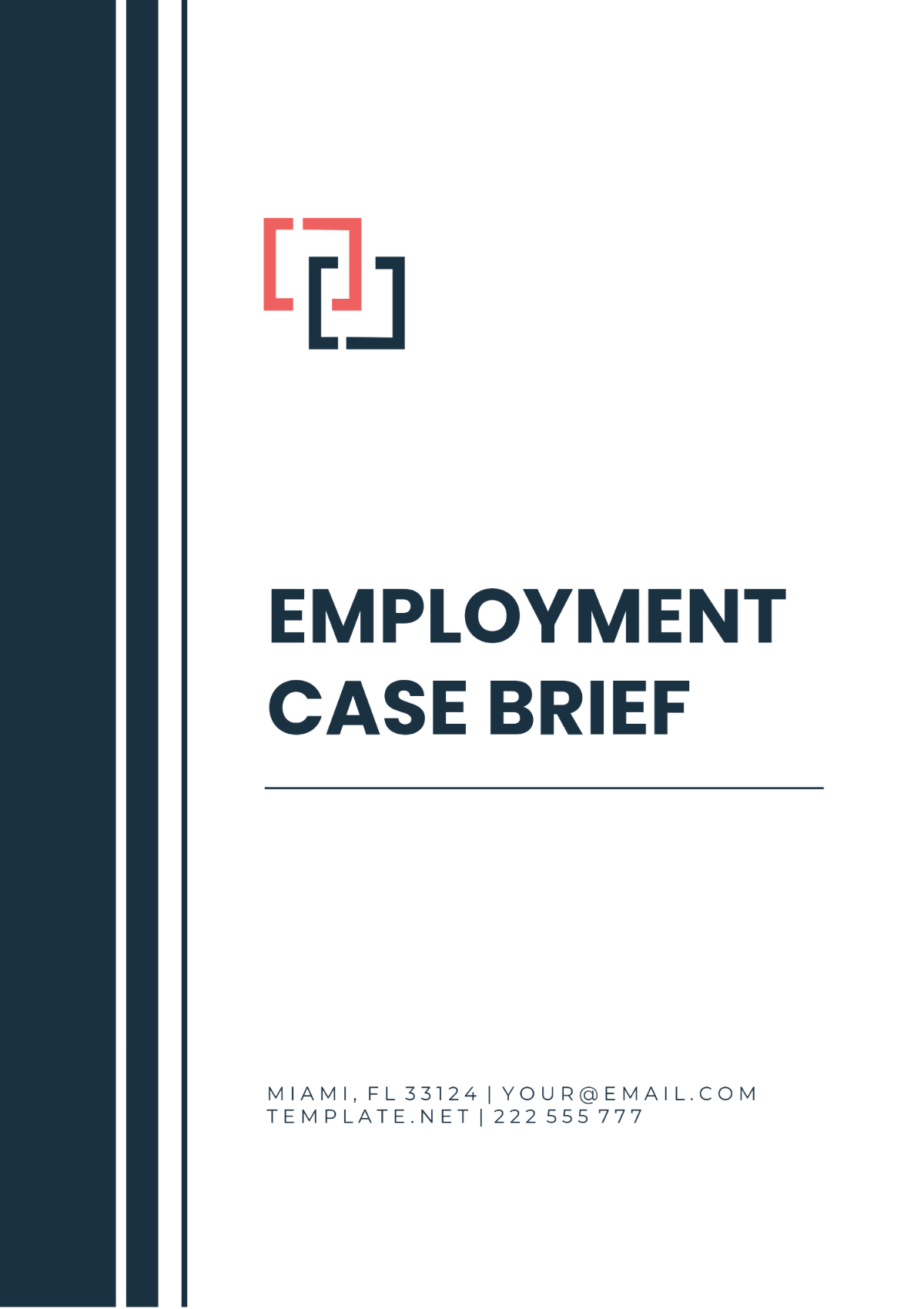Software Development Brief
Company: [YOUR COMPANY NAME]
Prepared by: [YOUR NAME]
Project Overview
The software development project aims to create a robust and user-friendly application to address specific needs within the identified domain. The software will be designed and developed to streamline processes, enhance efficiency, and improve overall productivity. The project will follow a structured approach, encompassing various stages from planning and requirements gathering to testing, deployment, and maintenance.
Objectives
Identify and analyze the requirements of the target users to ensure the software meets their needs effectively.
Design an intuitive user interface (UI) and user experience (UX) to optimize usability and enhance user satisfaction.
Develop scalable, reliable, and secure software architecture to accommodate future growth and ensure data integrity.
Implement features and functionalities following the project specifications, adhering to industry best practices and standards.
Conduct thorough testing at each stage of development to identify and rectify any issues or bugs promptly.
Deploy the software efficiently, ensuring seamless integration with existing systems and minimal disruption to operations.
Provide comprehensive documentation and training materials to facilitate user adoption and support ongoing usage.
Establish mechanisms for continuous monitoring, feedback collection, and iterative improvement to enhance the software's performance and relevance over time.
Adhere to project timelines, budget constraints, and quality standards throughout the development lifecycle.
Scope
The software development project will encompass the following key aspects:
Requirement analysis and specification
Design and architecture
Development and coding
Testing and quality assurance
Deployment and integration
Documentation and training
Maintenance and support
Key Deliverables
Requirement specification document
UI/UX design prototypes
Software architecture design document
Functional software application
Test plans and reports
Deployment package
User documentation and training materials
Maintenance plan and support framework
Timeline
The project timeline will be determined based on the scope and complexity of the software development effort. Milestones and deliverables will be scheduled accordingly to ensure timely completion within the allocated timeframe.
Budget
The budget for the software development project will be established based on factors such as resource requirements, technology stack, development methodology, and any additional expenses related to infrastructure, tools, or third-party services.
Stakeholders
Project Sponsor
Project Manager
Development Team (Developers, Designers, Testers)
End Users
Quality Assurance Team
IT Support Team
External Vendors or Consultants (if applicable)
Risk Management
Identify potential risks and develop mitigation strategies to address them proactively throughout the software development lifecycle. Regular risk assessments will be conducted to ensure timely resolution and minimize the impact on project progress and outcomes.
Quality Assurance
Implement rigorous quality assurance processes and procedures to maintain high standards of software quality and reliability. Continuous testing, code reviews, and quality checks will be performed to identify and rectify any defects or deficiencies promptly.
Conclusion
The successful completion of the software development project will result in the delivery of a high-quality, scalable, and user-friendly software application that meets the needs and expectations of the stakeholders. Effective project management, meticulous planning, and adherence to best practices will be essential to achieving the project objectives within the specified timeline and budget constraints.
